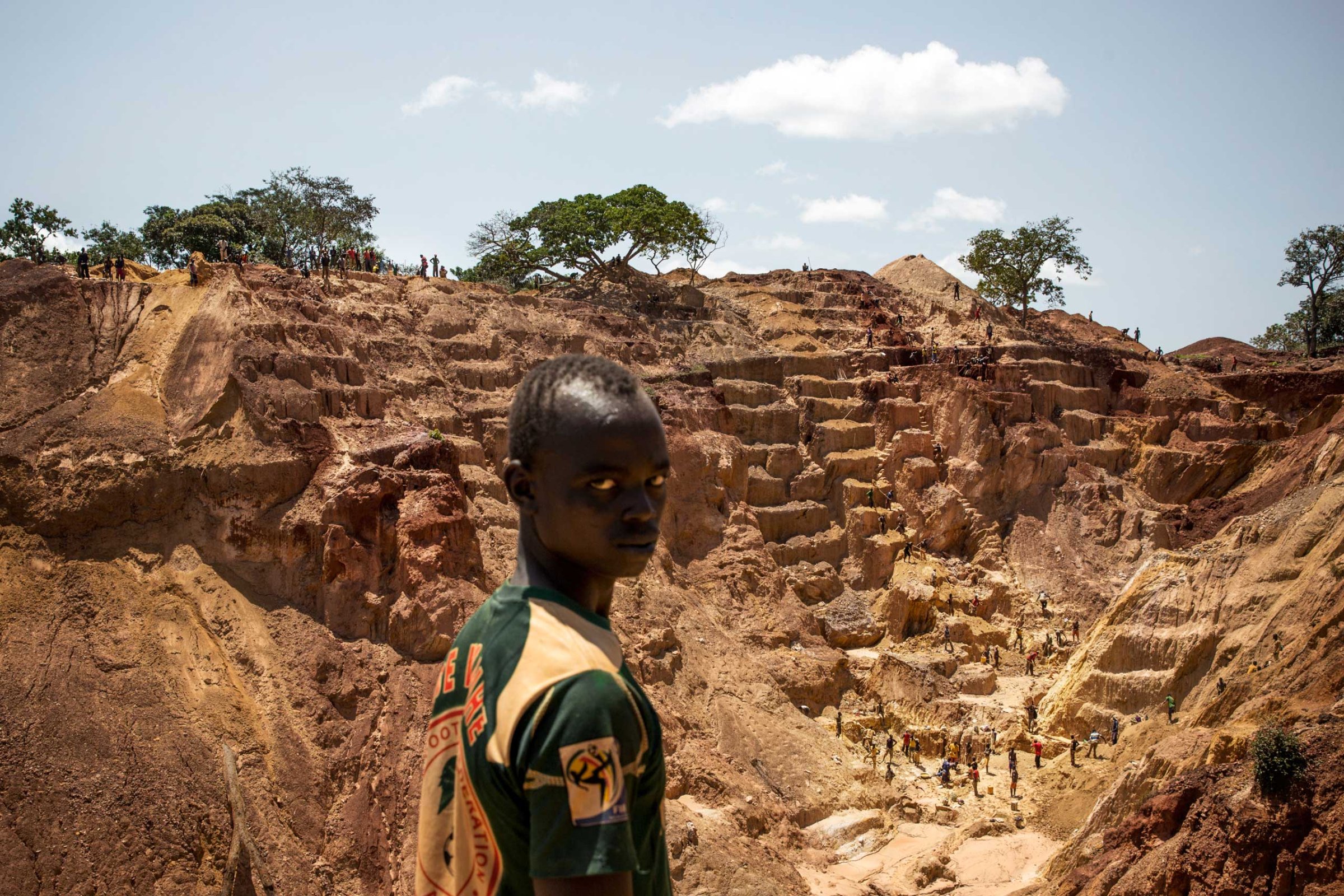
That Central African Republic even managed to squeeze into last year’s news cycle is a grim feat. After all, it was stacked against heavyweights like the July downing of a Malaysian jet over eastern Ukraine, protests across the U.S. over several police killings of unarmed black men, an unprecedented Ebola outbreak, as well as a summer war in Israel and Gaza.
Each of those stories, and many others of similar intensity, commanded audiences around the world for their mystery or shock or tragedy or absurdity. And, notably, for their visuals.
The same could be said for the conflict in Central African Republic, which saw some of the darkest days of its independence last year as it struggled to rebound from a coup a year earlier. Among those who committed to documenting the spiral is French photographer William Daniels, who has made some half a dozen trips there over 14 months.
Daniels was initially drawn to Central African Republic because of its unknown complexities and absence in most mainstream media. Landlocked with 4.6 million people, it lies at the center of a bad neighborhood. Democratic Republic of Congo and the Congo are at its south; Cameroon is to the west; Chad and Sudan are to the north; and to the east is a long border with South Sudan, where, away from most front pages of global news outlets, a raging civil war has claimed tens of thousands of lives.
It was March 2013 when the predominantly Muslim rebel coalition Séléka swept into the riverside capital, Bangui, from the northeast. President François Bozizé fled as a vicious campaign of looting, torture and murder got underway. Séléka leader Michel Djotodia soon proclaimed himself the successor; he would later lose control of his ranks and an attempt that fall to disband them would do little to stop the atrocities.
At the same time, groups of militias called anti-balaka had begun to form and train and retaliate against Séléka. Their name in the local Sango language means “anti-machete”; their fighters are comprised of ex-soldiers, Christians and animists, who think magic will protect them. They’re adorned with amulets to ward off attacks and fight with hunting rifles, poison-tipped arrows and machetes.
Months of tit-for-tat attacks led to two days of street warfare that December, leaving hundreds dead in the capital and an international community scrambling to react. France swiftly approved a contingent of troops to restore order in its former colony; the soldiers were named “Sangaris,” after a butterfly in the region with a short life-span. Some 5,600 peacekeepers from the African Union deployed around that same time.
MORE: Bloodshed in Bangui: A Day That Will Define Central African Republic
But the intervention would do little at first to quell the violence. Some critics called the French operation too narrow for its focus on Séléka when anti-balaka shared blame. At the start of 2014, with the retreat of Séléka into the east and resignation of Djotodia, who would be succeeded by popular Bangui Mayor Catherine Samba-Panza, anti-balaka began to fill the void. Their retaliation in some cases would eclipse the brutality of what prompted them to assemble.
Reports of atrocities would soon build up, as experts and journalists warned of whole Muslim villages being looted and torched, with their residents being forced to seek refuge in churches, schools and medical clinics. Hundreds of thousands would flee into neighbors like Chad and Cameroon.
A recent United Nations report found that anti-balaka had carried out the ethnic cleansing of the country’s Muslim minority. As many as 6,000 people had died in the conflict so far, but “such estimates fail to capture the full magnitude of the killings that occurred.” The commission couldn’t conclude that there was a genocide but made clear that both Séléka and anti-balaka were responsible for war crimes and crimes against humanity.
All year, Daniels aimed to unravel the tale of how a people who historically hadn’t seen violence along sectarian lines devolved into just that: Muslims and Christians, neighbors, turning on each other because they shared the holy beliefs of those who attacked them, looted and burned down their home, or killed members of their family.
The implosion of the conflict allowed him to dig deeper each time he returned. After covering the more newsworthy unrest in late 2013, he flew back several times last year to bear witness to the grim aftermath.
In February, he recorded the violent assault by anti-balaka on Muslim communities. In April, he documented the exodus out of the country and violence in Grimari, a small town near Bambari that lies at the entrance to Ouaka region. While on assignment then for Al Jazeera America, he captured the plight of refugees trapped in a Muslim enclave, and in September he got a peek inside Séléka.
Daniels admits that the balance of keeping to the news while going below the surface to probe the conflict’s tangled roots has been a challenge.
“It’s difficult to shoot daily life in the street in this country,” he says during a call from Bangui in December. “It was difficult before and it’s much worse now because as soon as you show your camera, someone will get upset and someone will ask ‘what are you doing?’ and someone will ask for money. It’s a nightmare and very, very uncomfortable.”
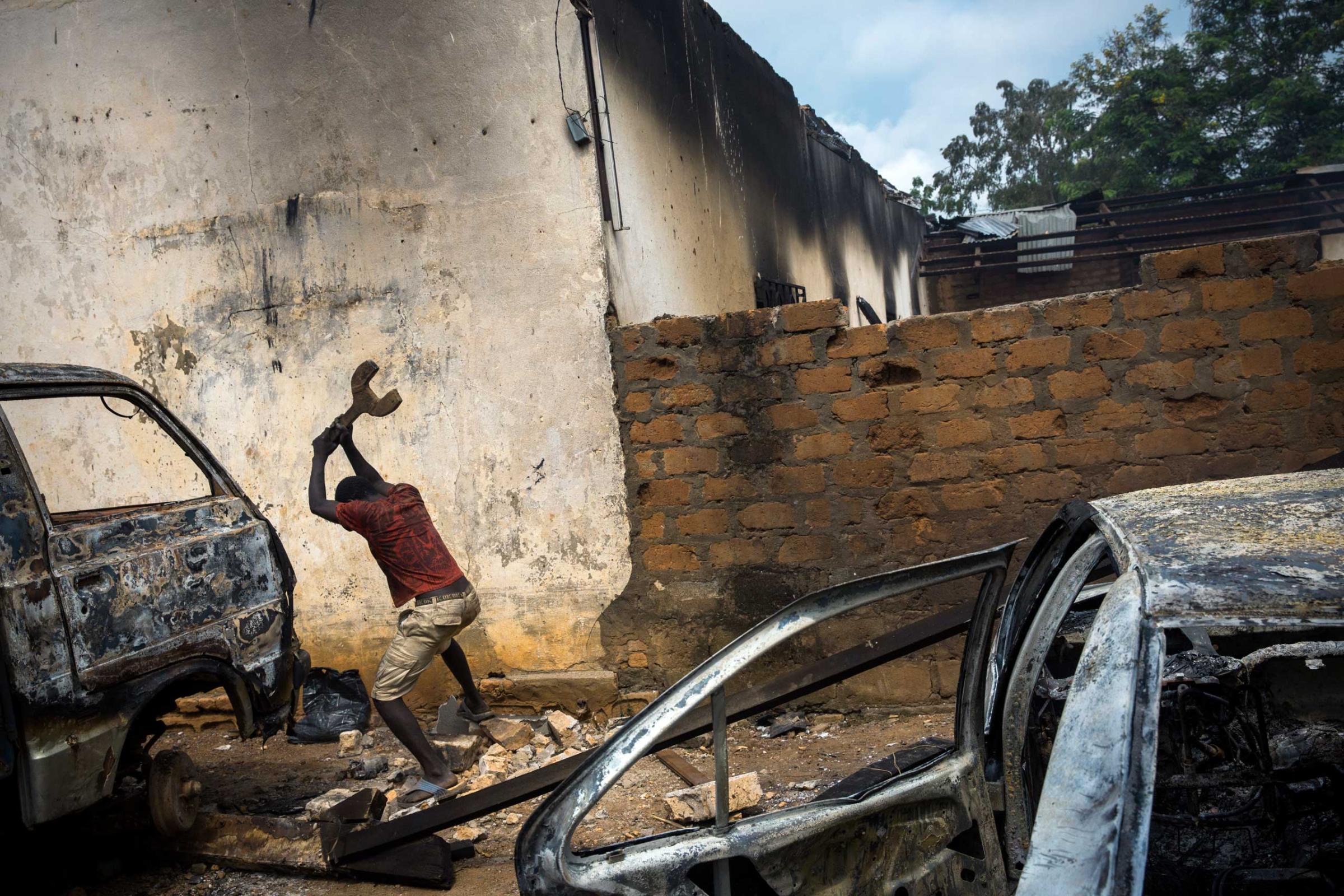
Returning to Central African Republic as much as he did last year allowed him to gauge any progress.
The overall security situation in Bangui was less tense in December than early fall, with more shops and markets open for business and more people back at work, he says. “Each time I come back, it’s a bit more.” In the capital, for example, where in late 2013 he photographed a man filled with rage destroying a burnt out car next to a looted mosque, a basketball court now stands in its place.
“It’s becoming better in places like Bangui but that doesn’t mean it’s better everywhere,” he says. “And there’s still a potential in many places for a big explosion of violence.” A U.N. mission took over from the African Union force in September and France plans to withdraw 1,200 troops—”we allowed this country—one of the poorest in the world—to begin healing,” President François Hollande said—but bouts of inter-communal violence still flare up often.
Thirty percent of the country’s population is considered as being in “a moderate to severe food security situation,” the U.N. said on Jan. 13, and 440,000 people are still internally displaced. More jobs are needed, too, especially for youths. A recent report by Save the Children estimates that some 6,000 to 10,000 boys and girls were part of armed groups, well above the 2,500 thought to be involved at the start of the conflict. And elections, originally scheduled for February, have now been delayed to at least summer.
It’s that grim assurance of uncertainty and global neglect, in part, that will keep him going back. Support from grants and hefty stipends helps. In September, Daniels received the Getty Images Grant for Editorial Photography. (Disclosure: This reporter helped shape his entry essay.) And in December, he was named the 2014 recipient of the Tim Hetherington Grant by World Press Photo and Human Rights Watch.
Daniels continues to see the challenge of documenting the personal impact of the country’s strife. It’s easy to get aggravated at the scenes witnessed, but it’s his recognition that it’ll take time, and patience, and a lot more aid, to turn things around that keeps him grounded and motivated. He may return as early as next month.
“It would be pretentious to say that my pictures could completely change the situation,” he says. “But I think it’s important to keep an eye on what’s happening here. I think it’s important to keep testifying.”
William Daniels is a Paris-based photographer represented by Panos Pictures.
Mikko Takkunen, who edited this photo essay, is an Associate Photo Editor at TIME.
Andrew Katz is a homepage editor and reporter covering international affairs at TIME. Follow him on Twitter @katz.
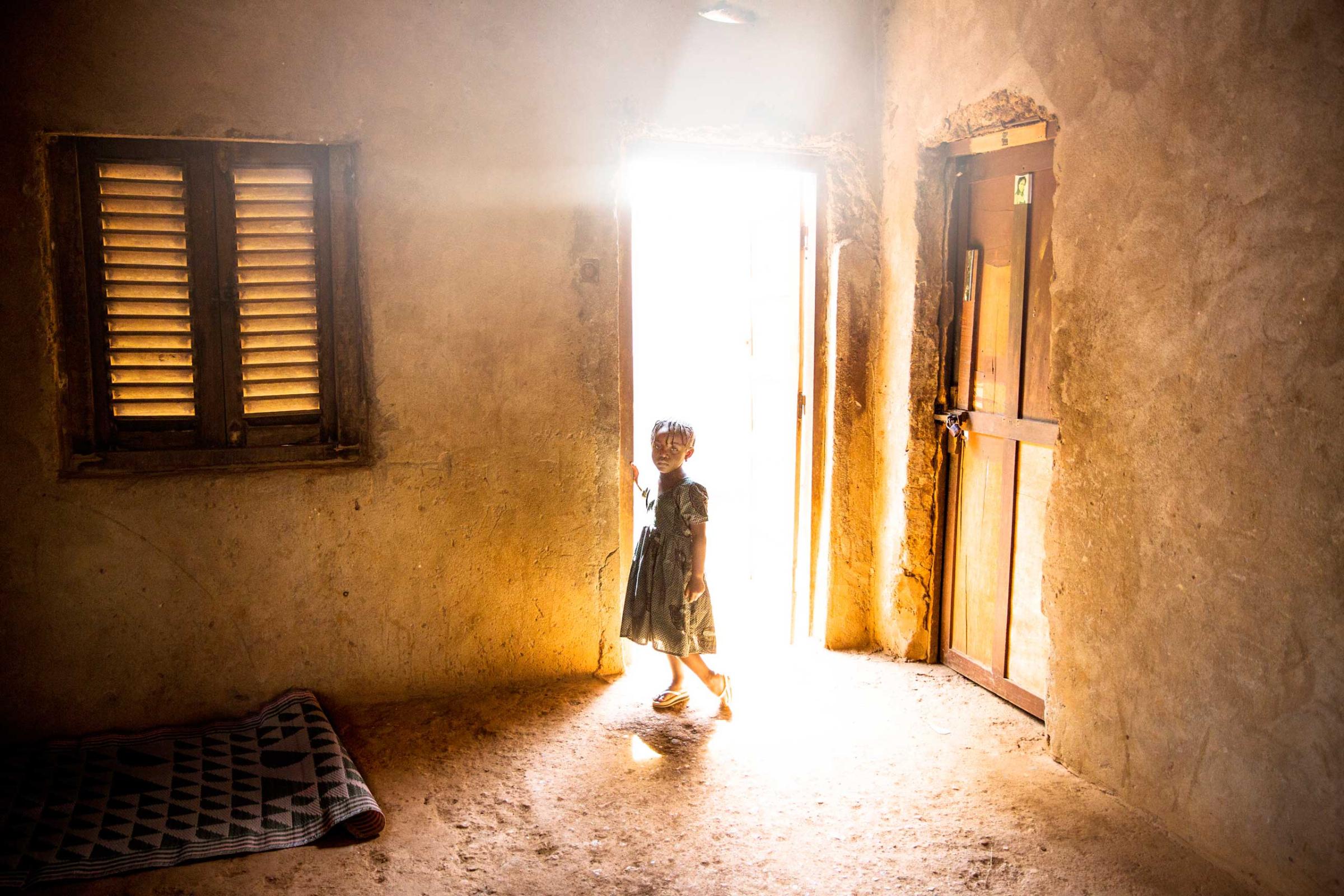
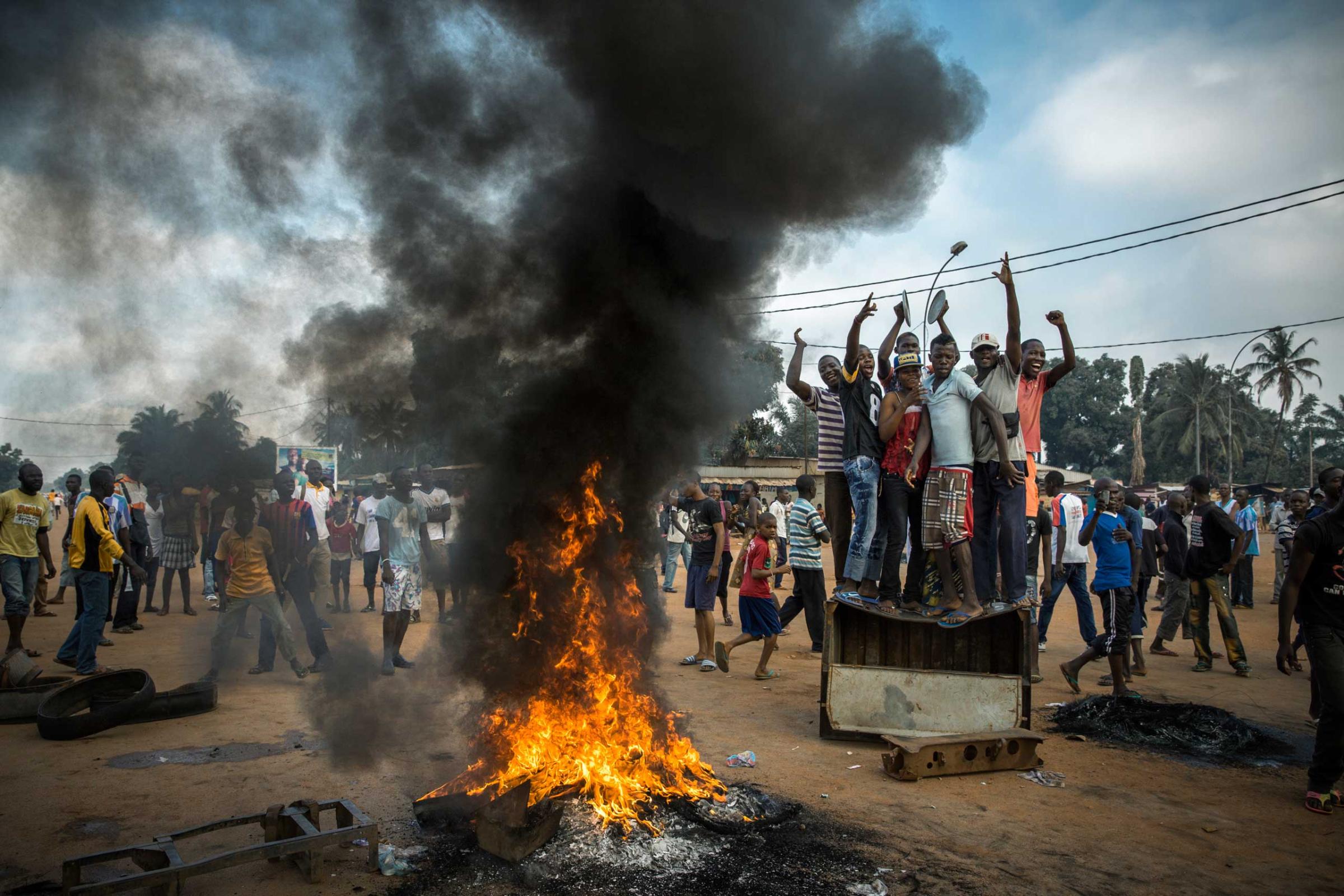


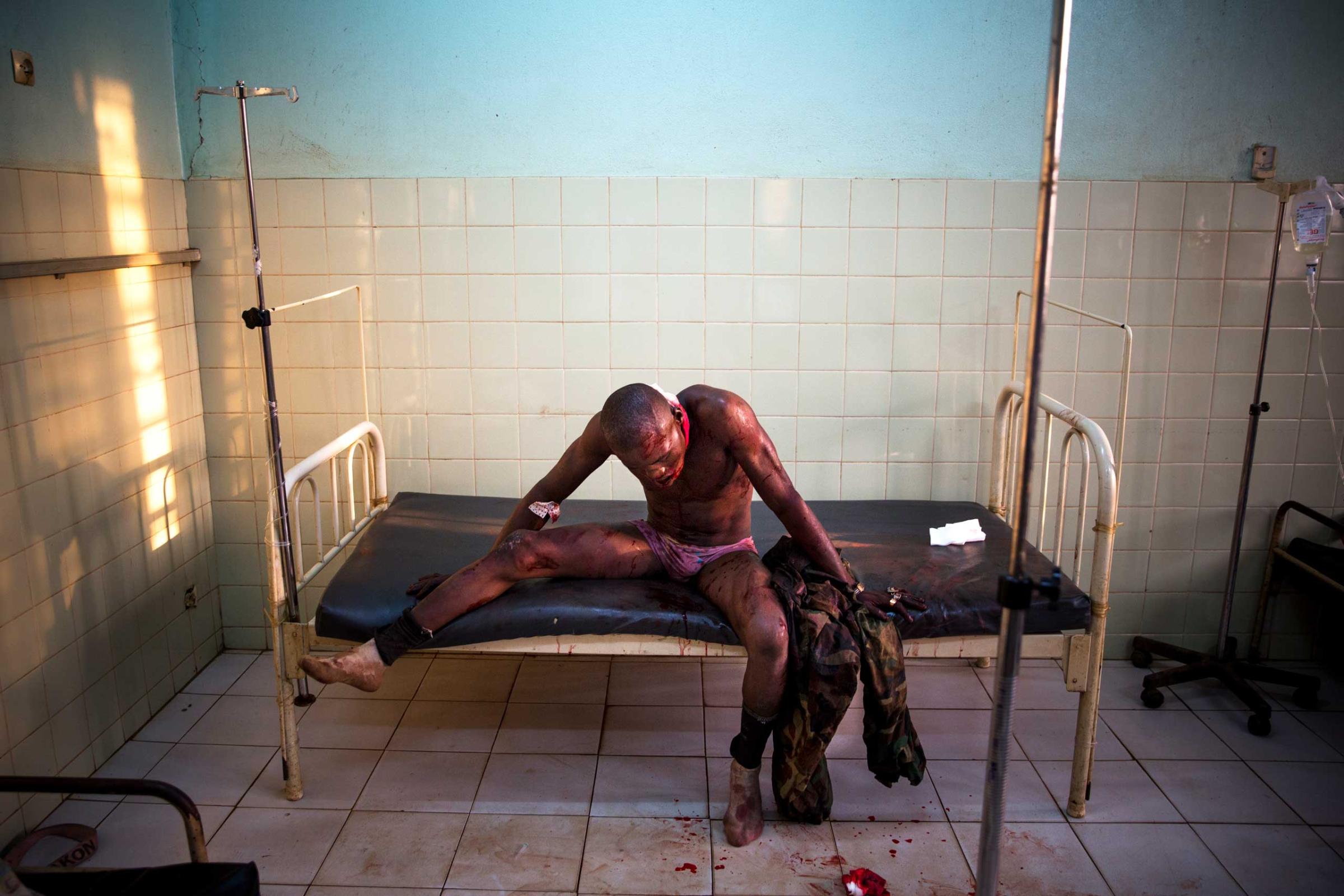
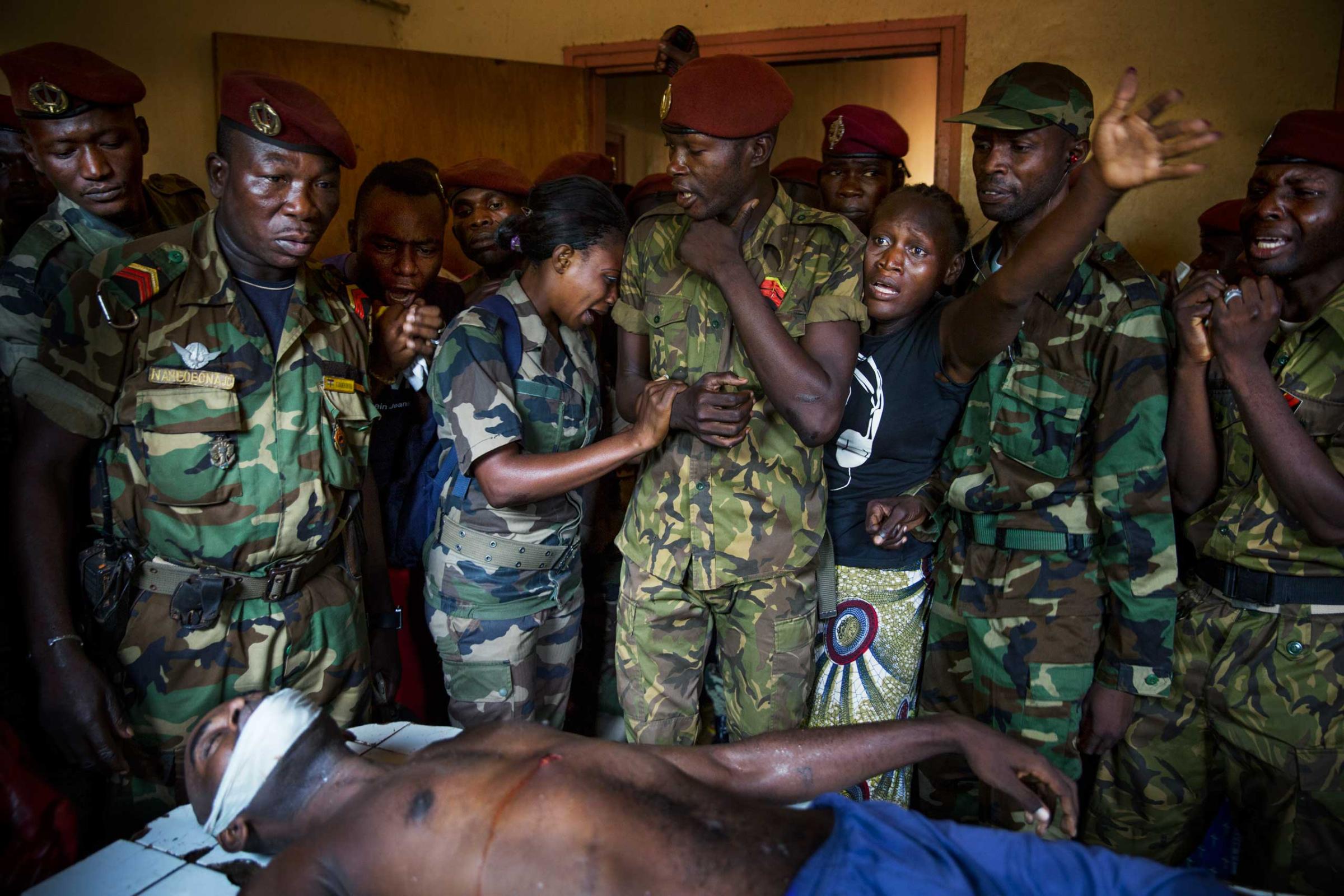
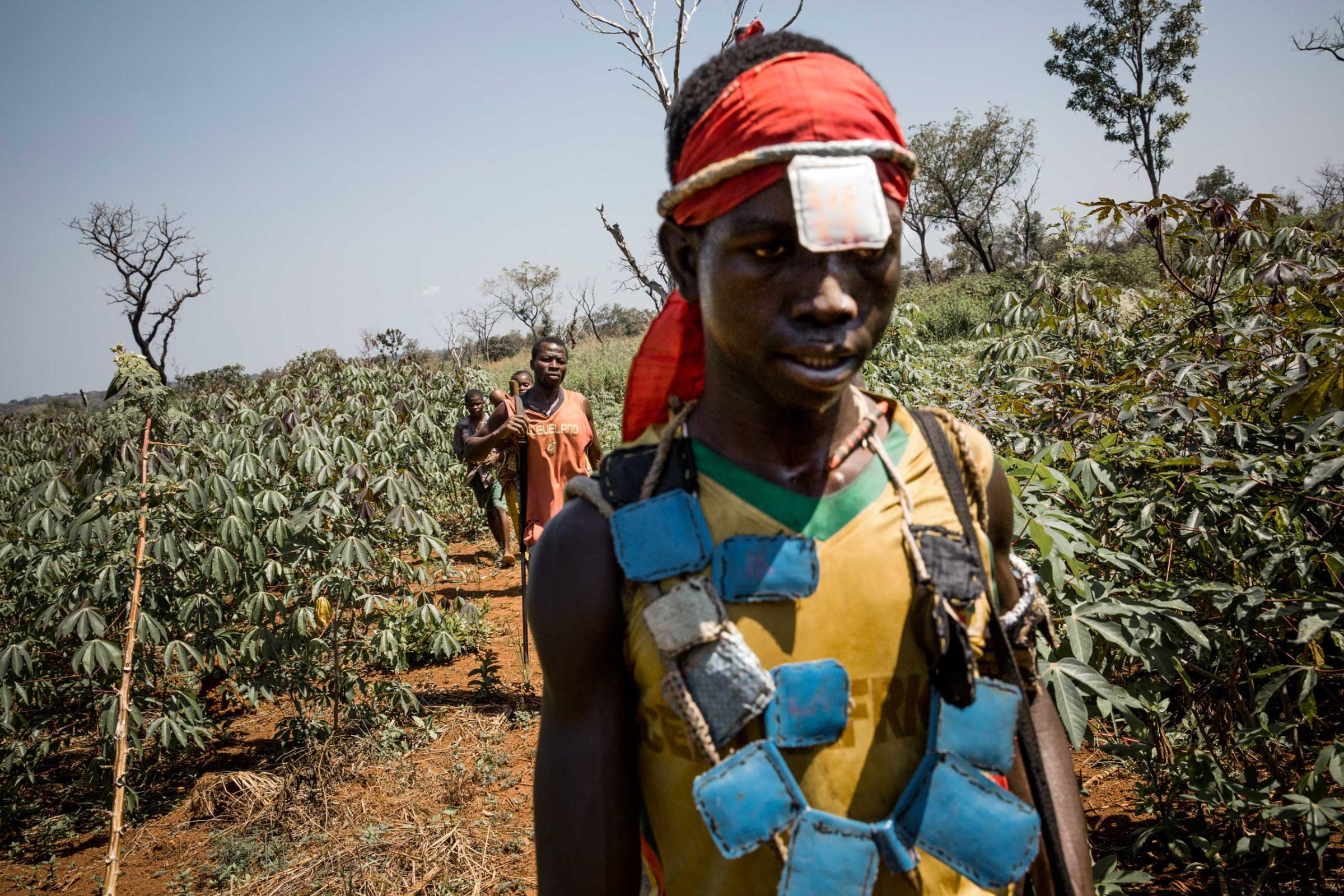
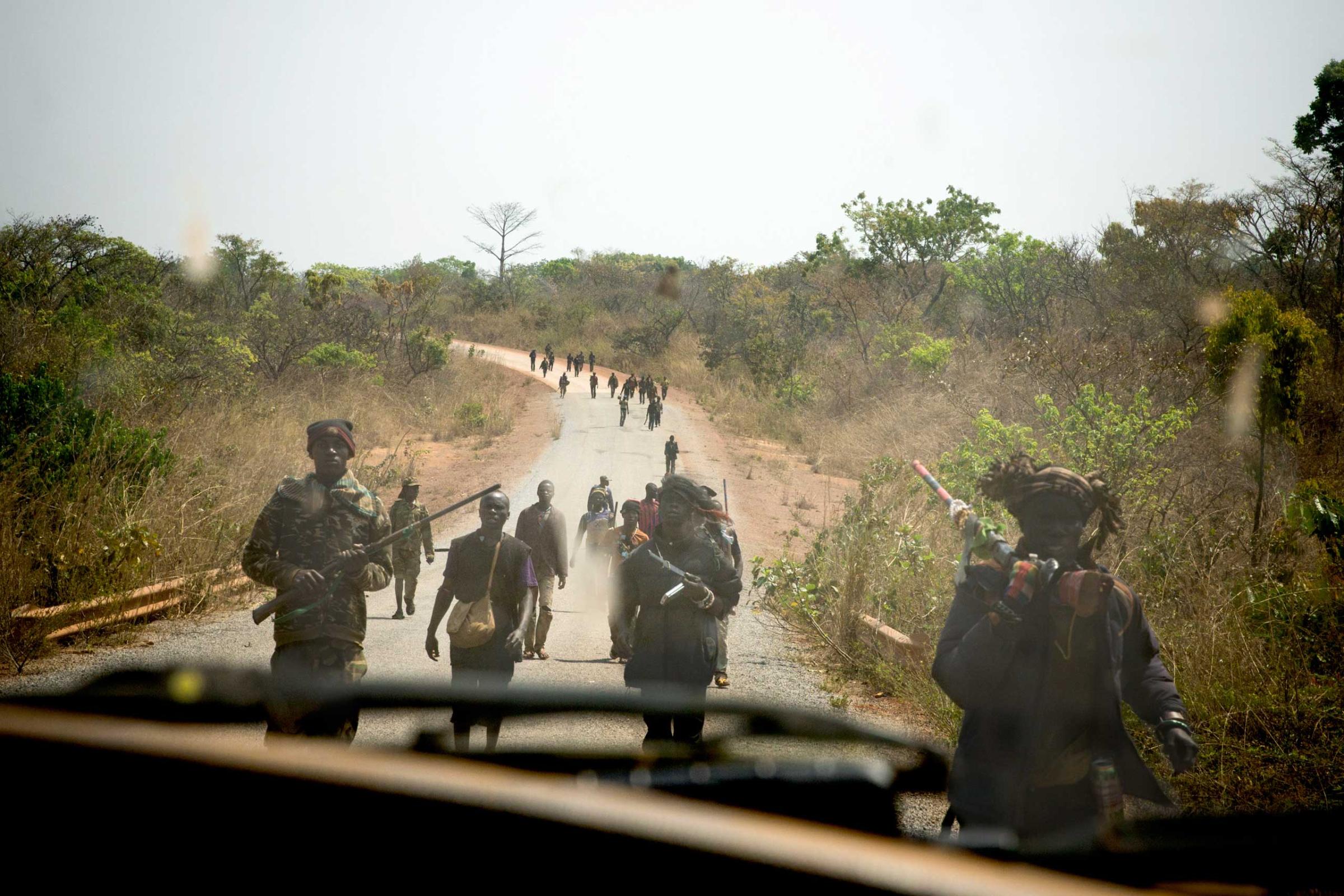
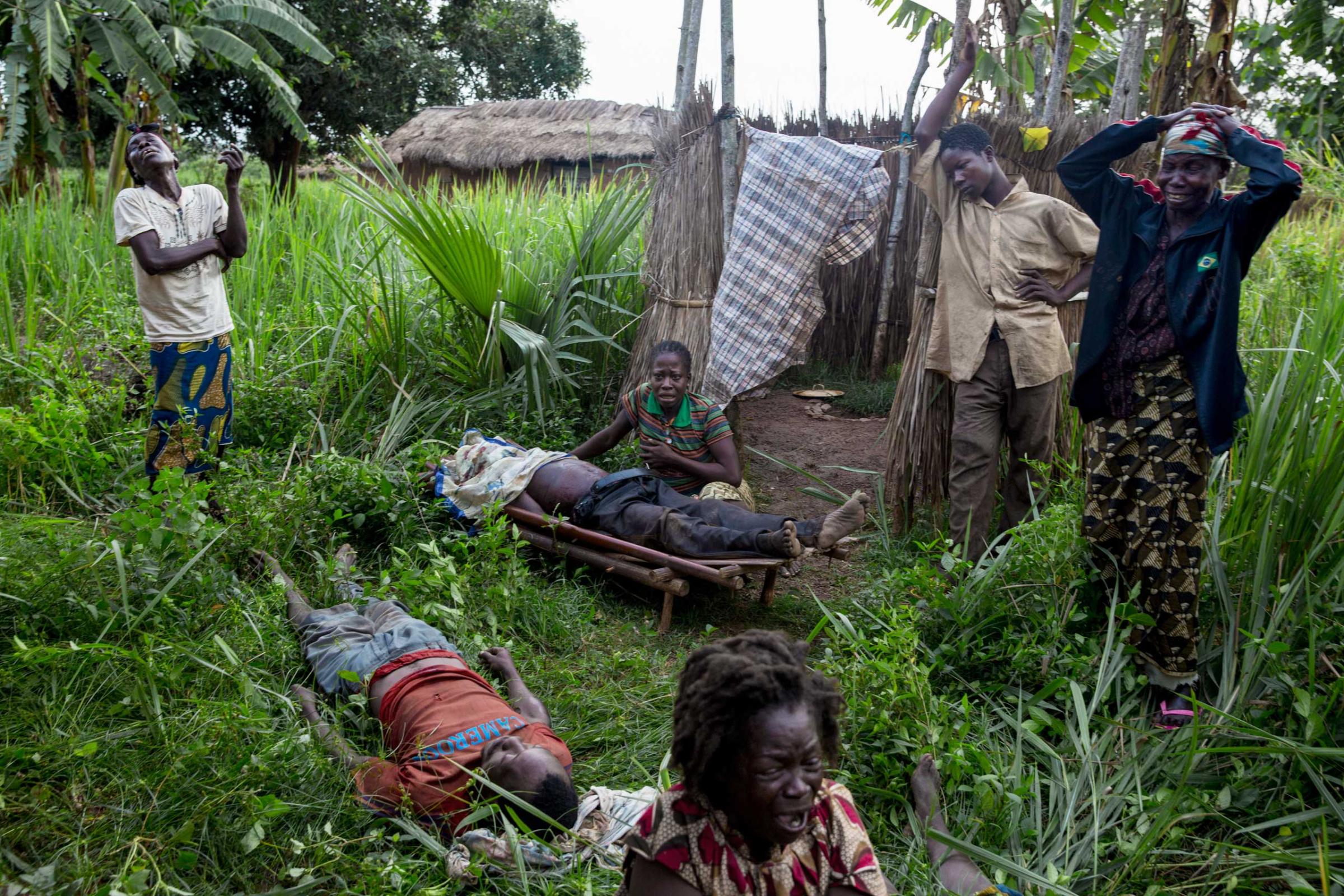
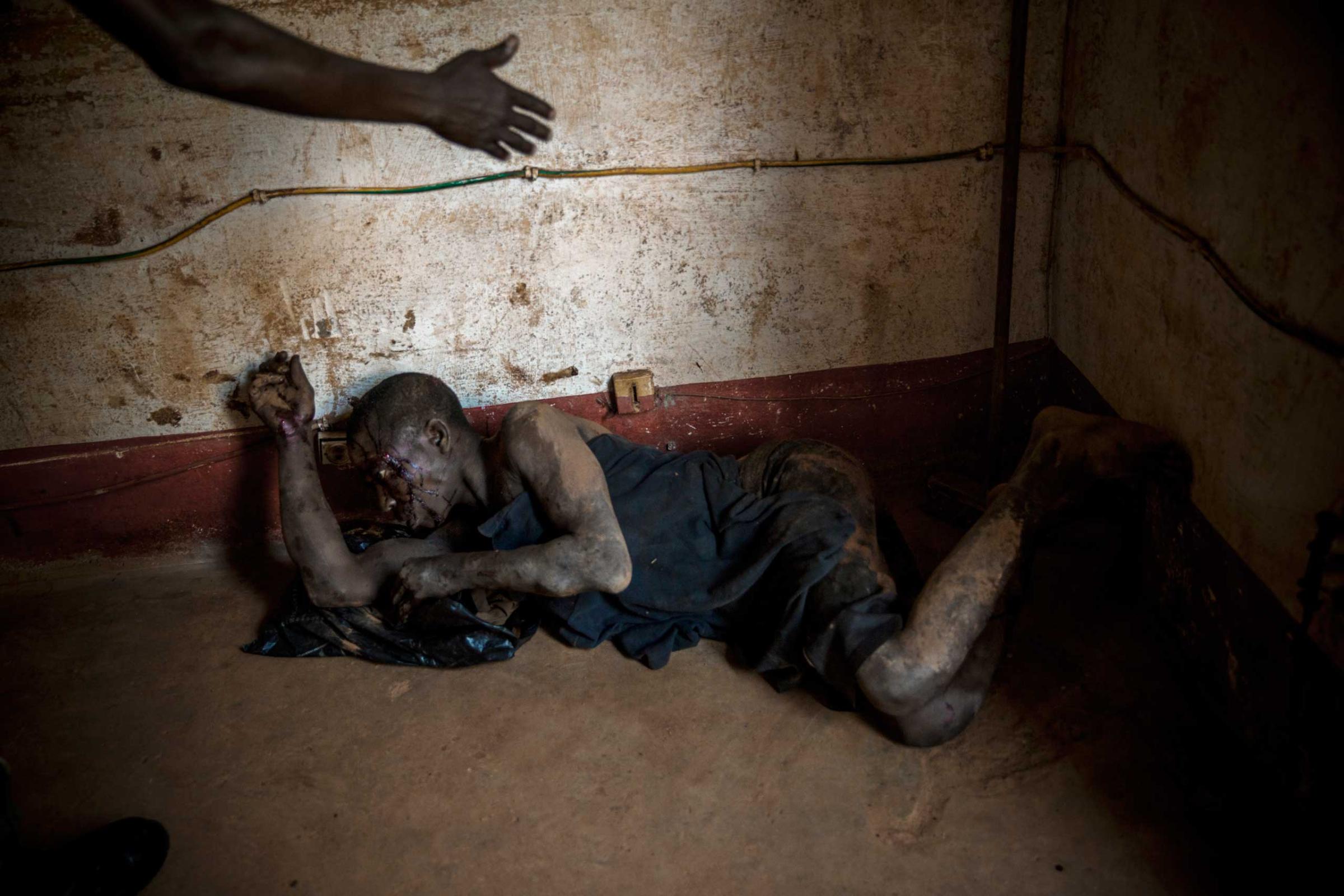
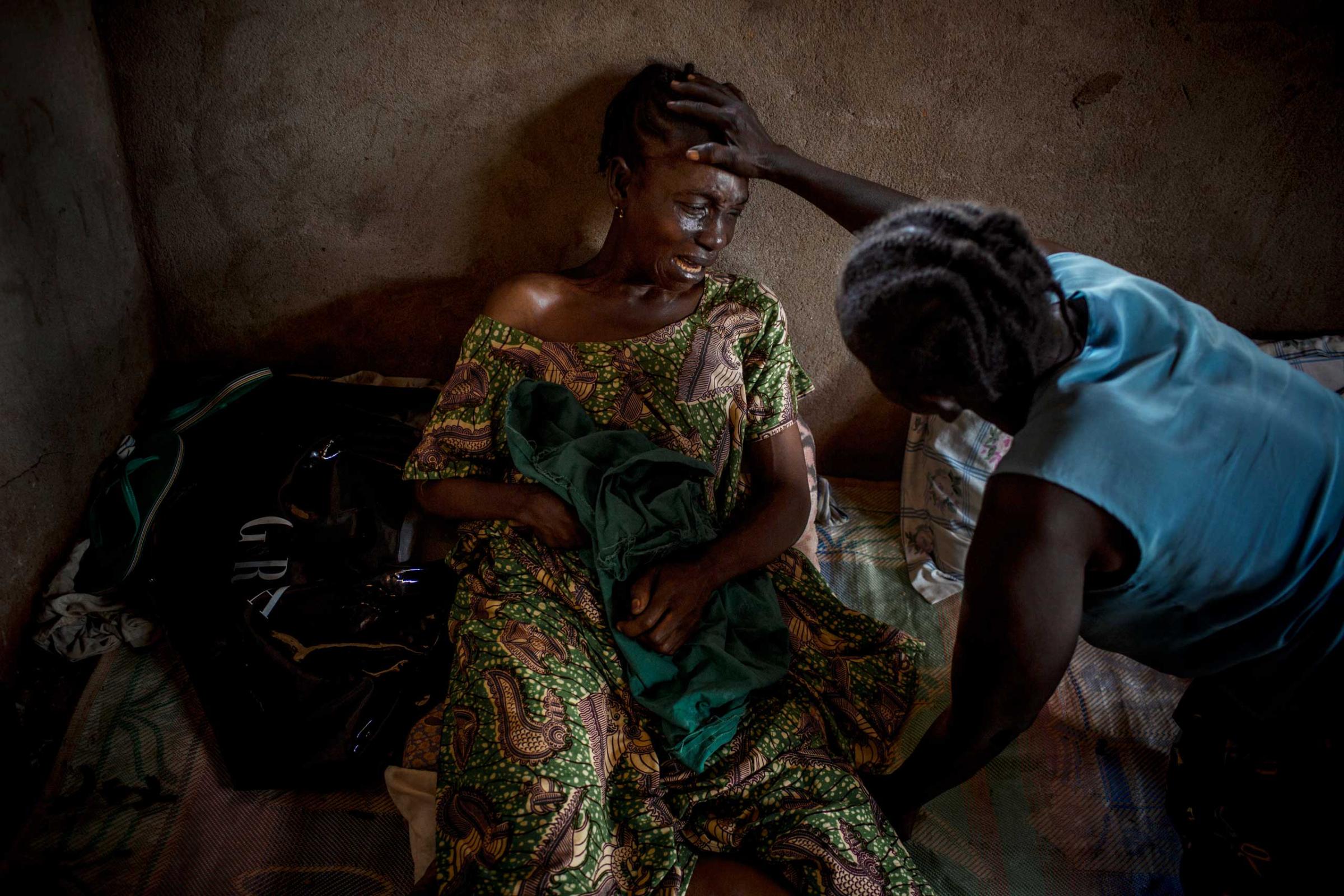
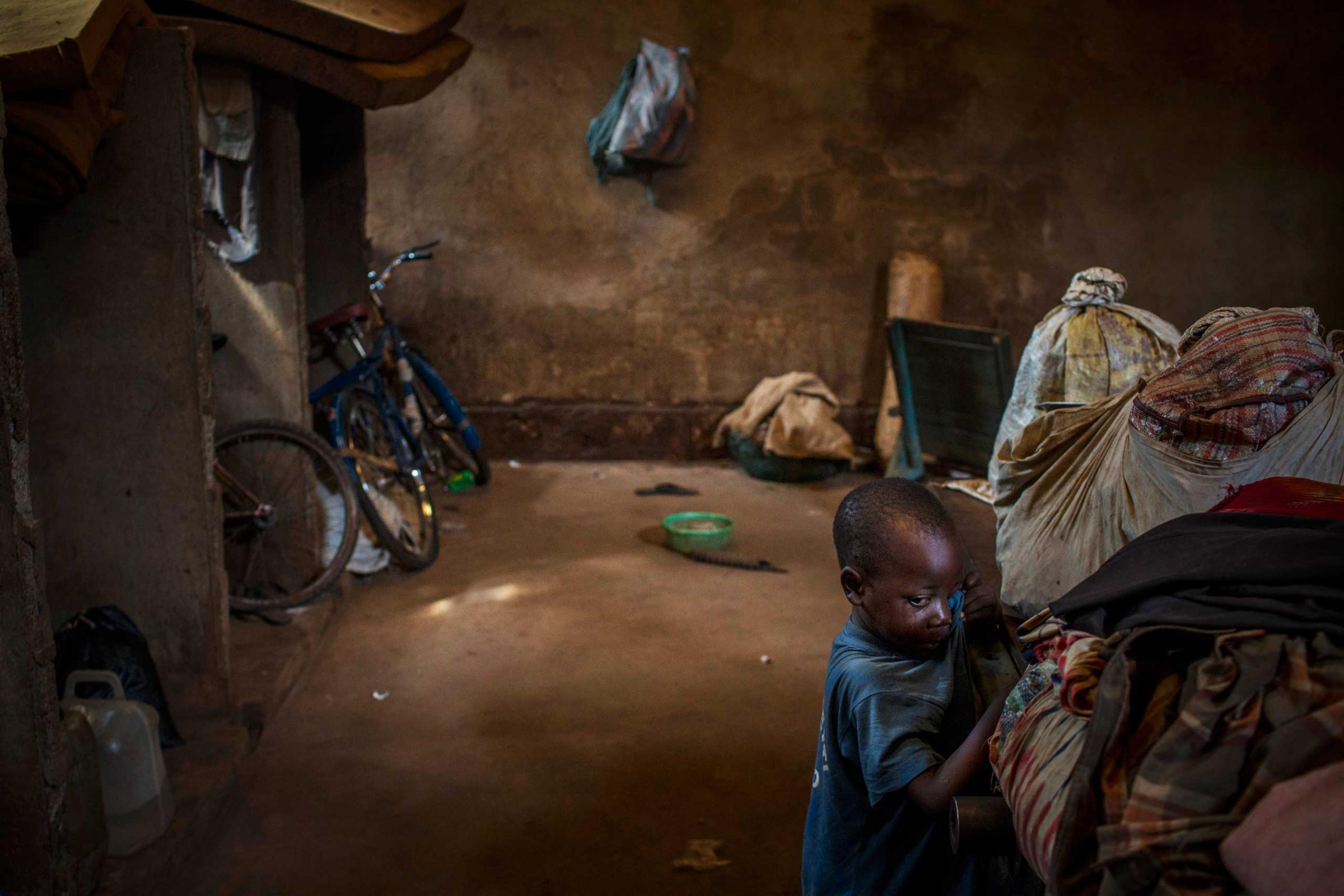
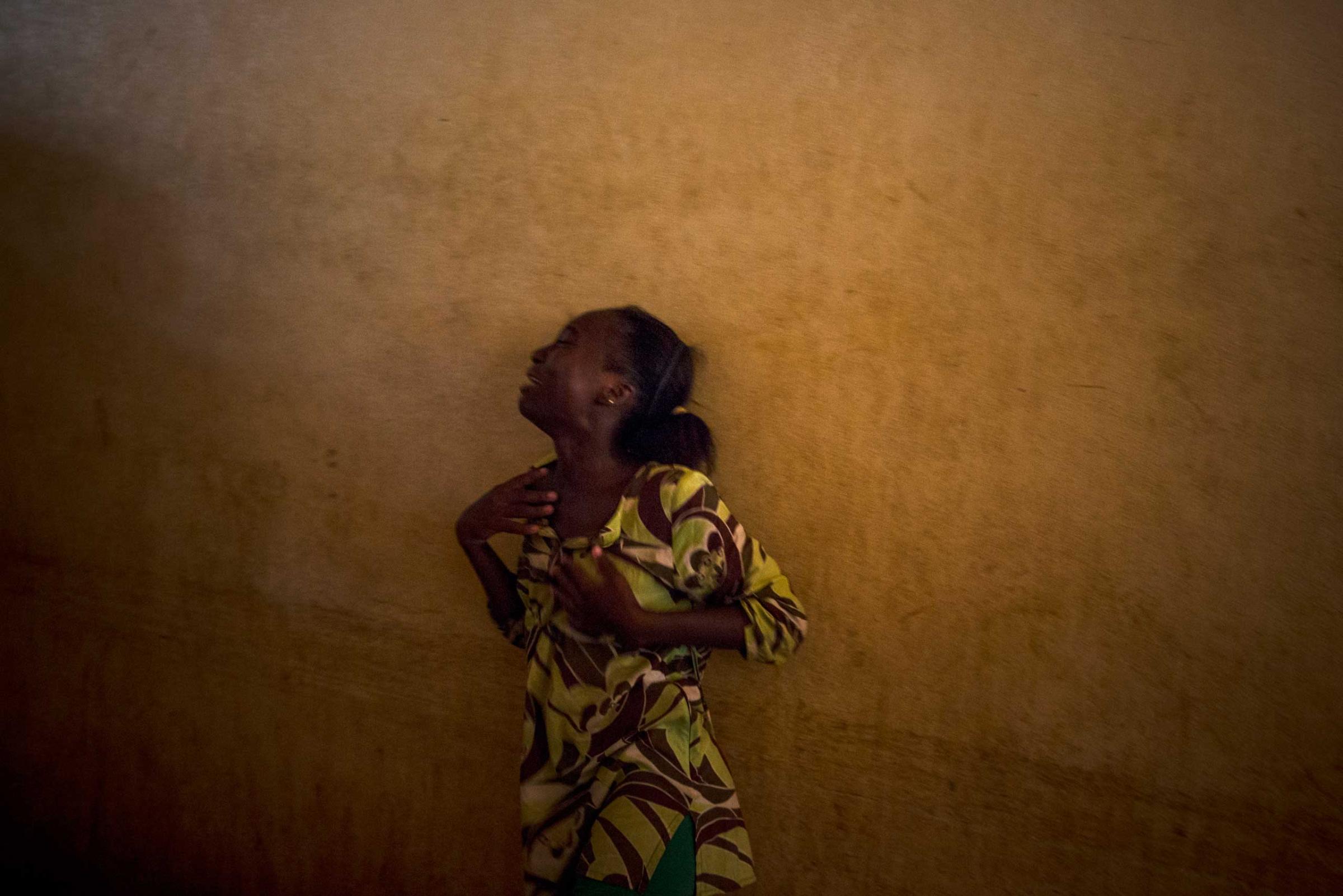
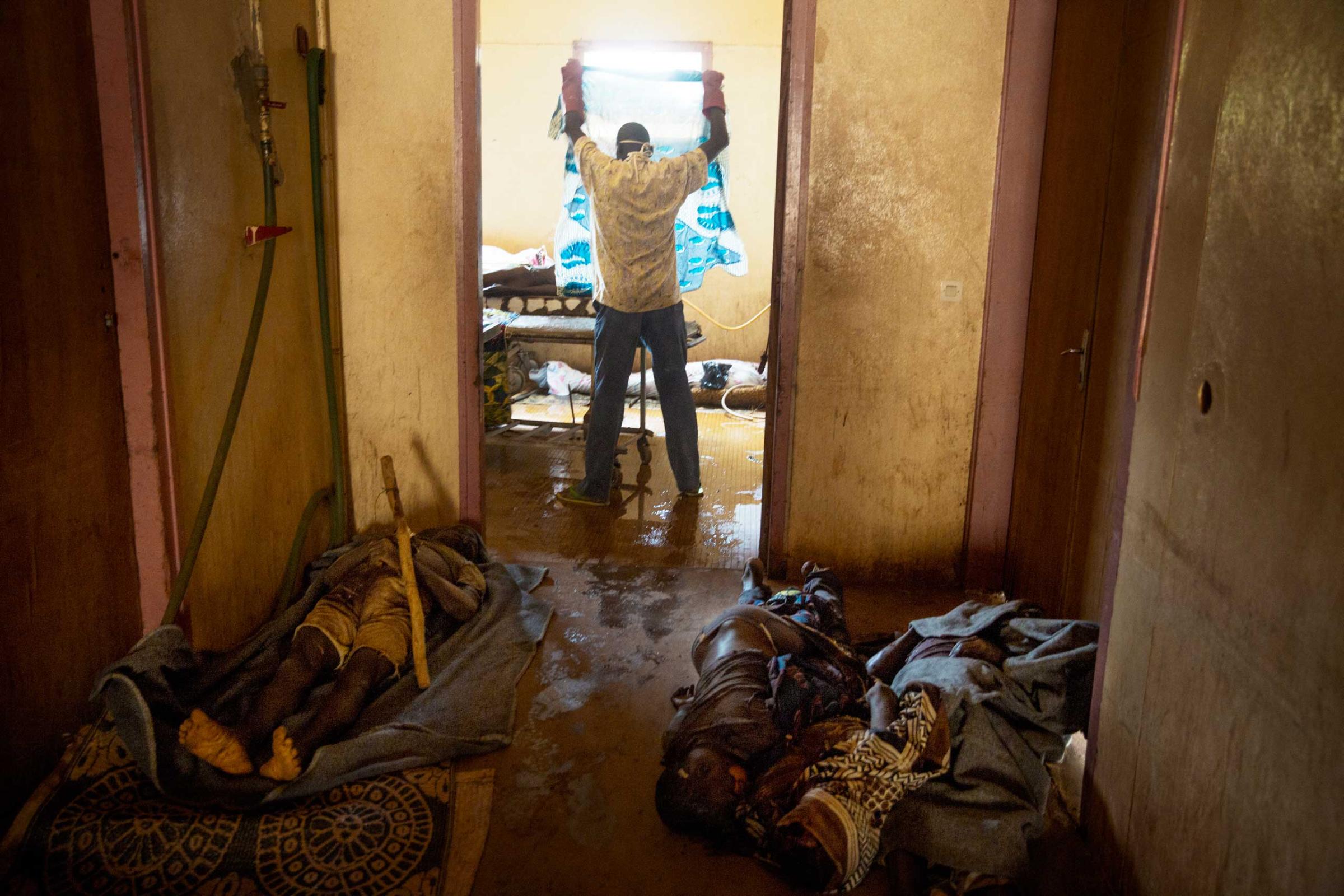
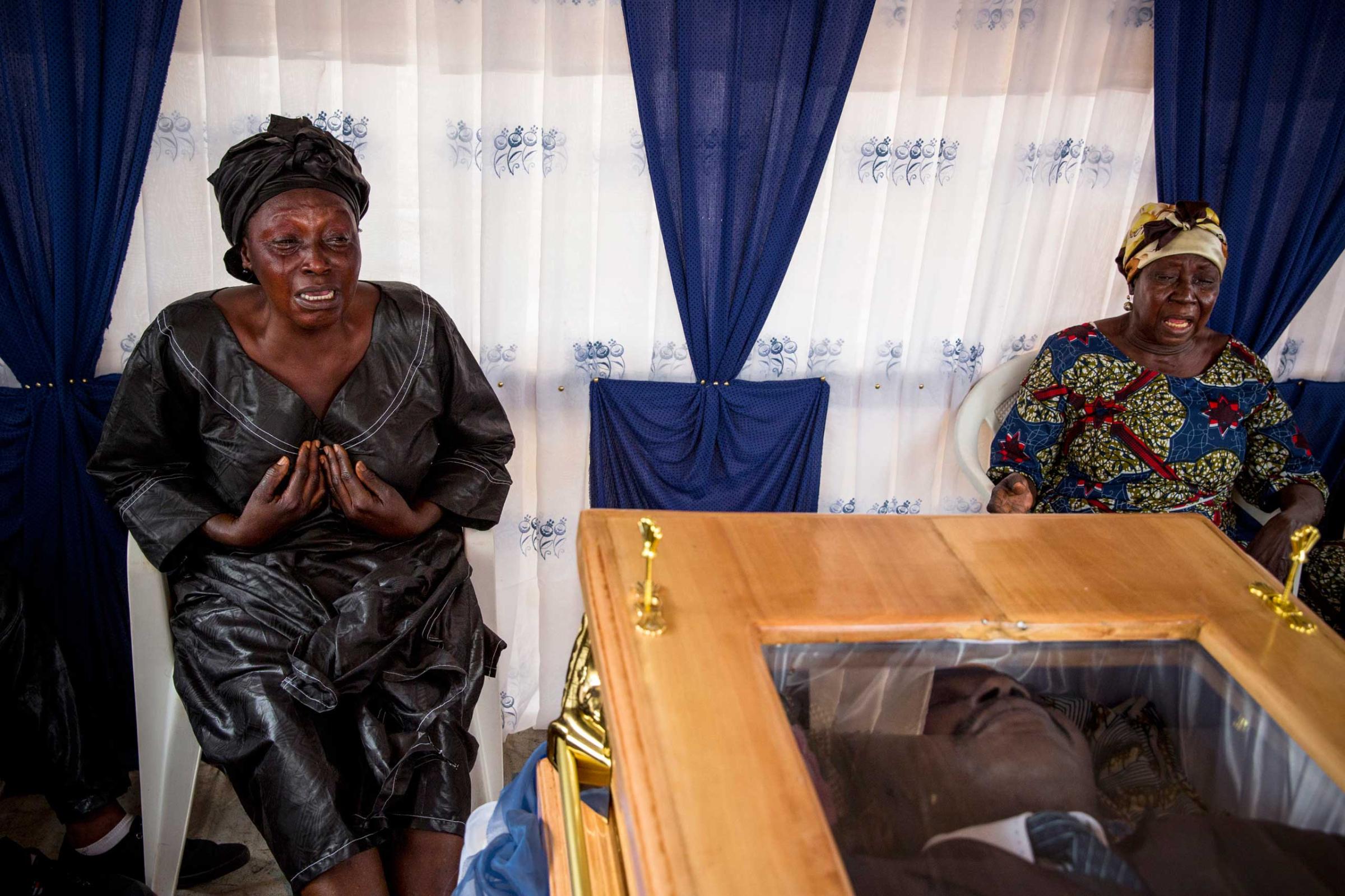
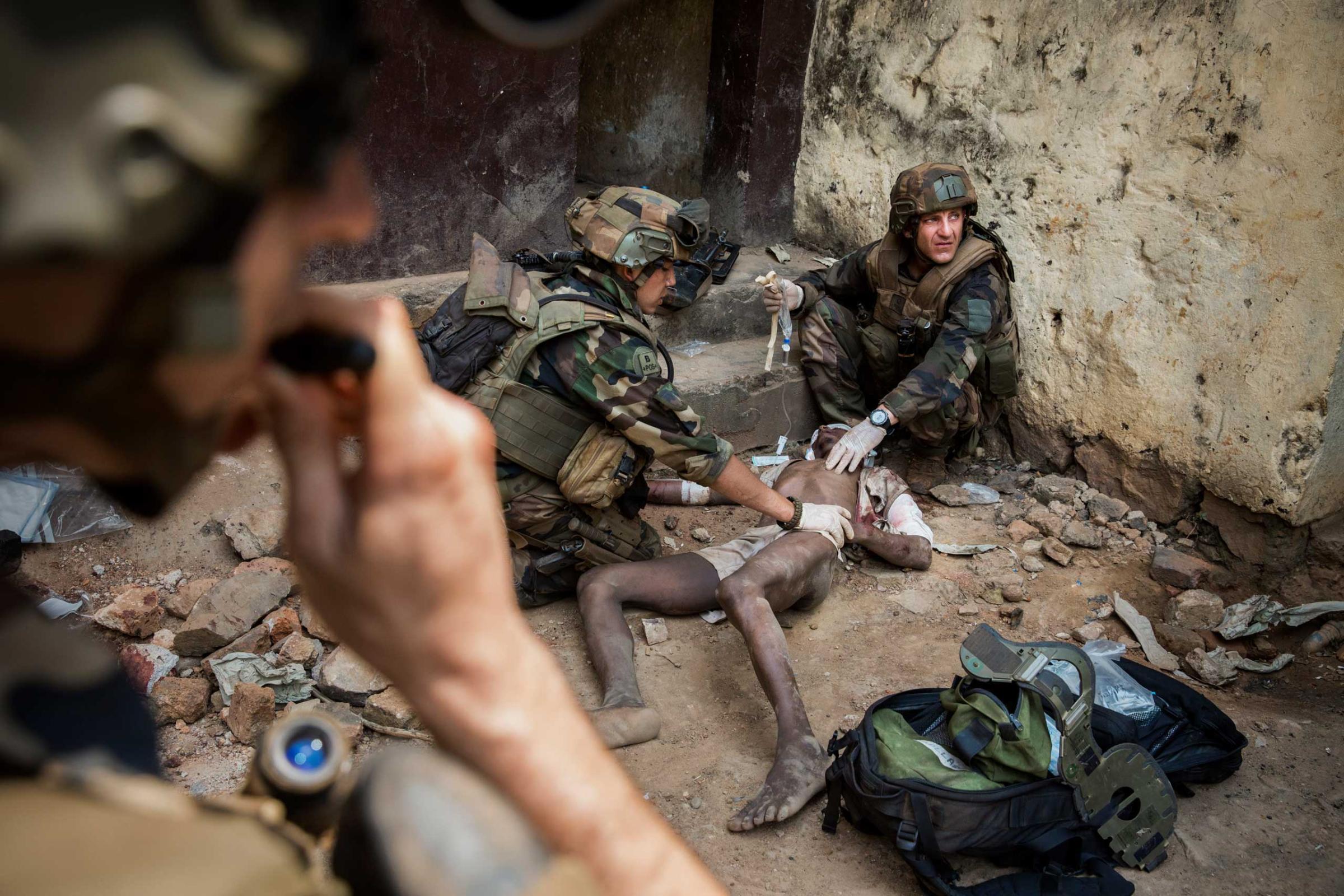
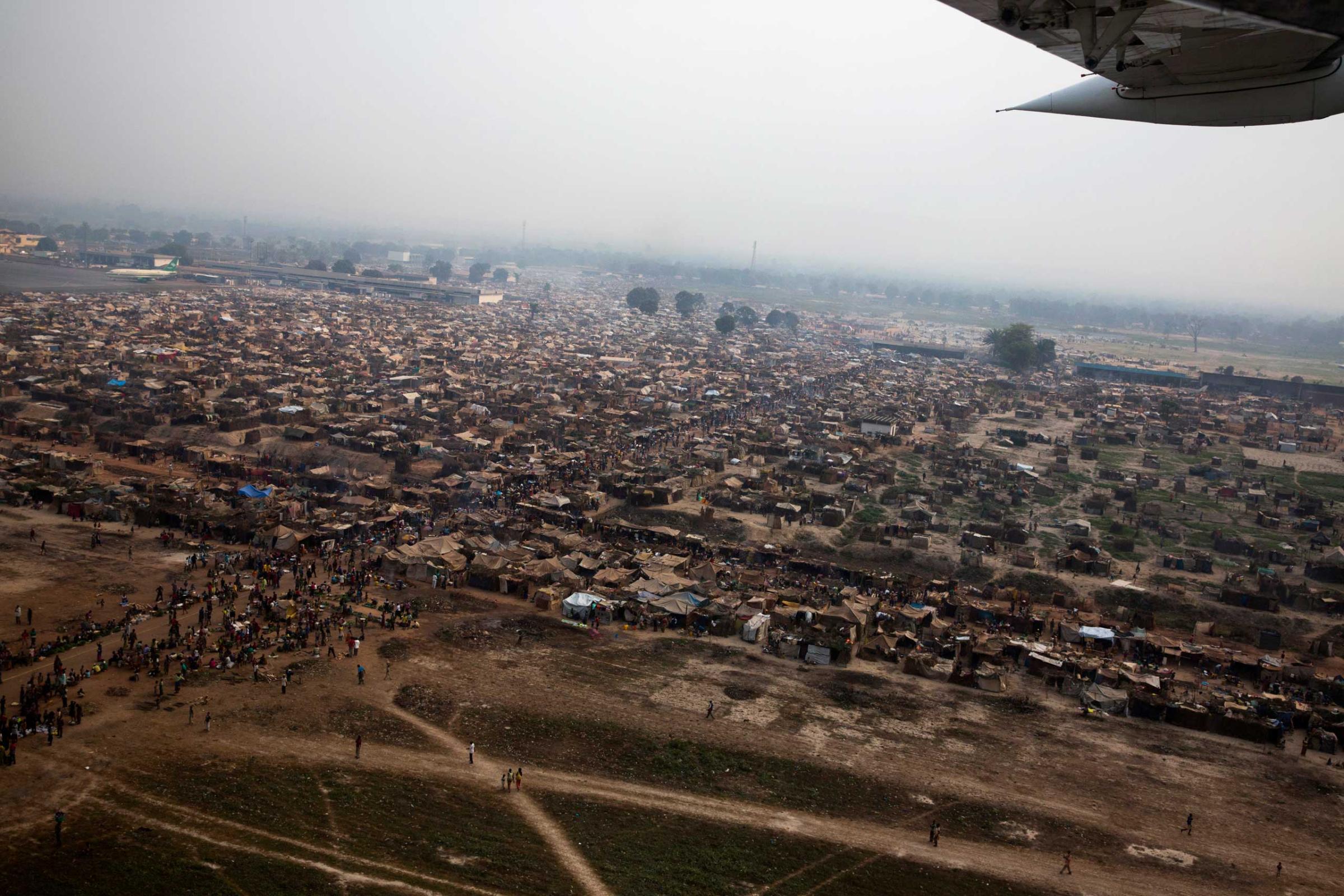
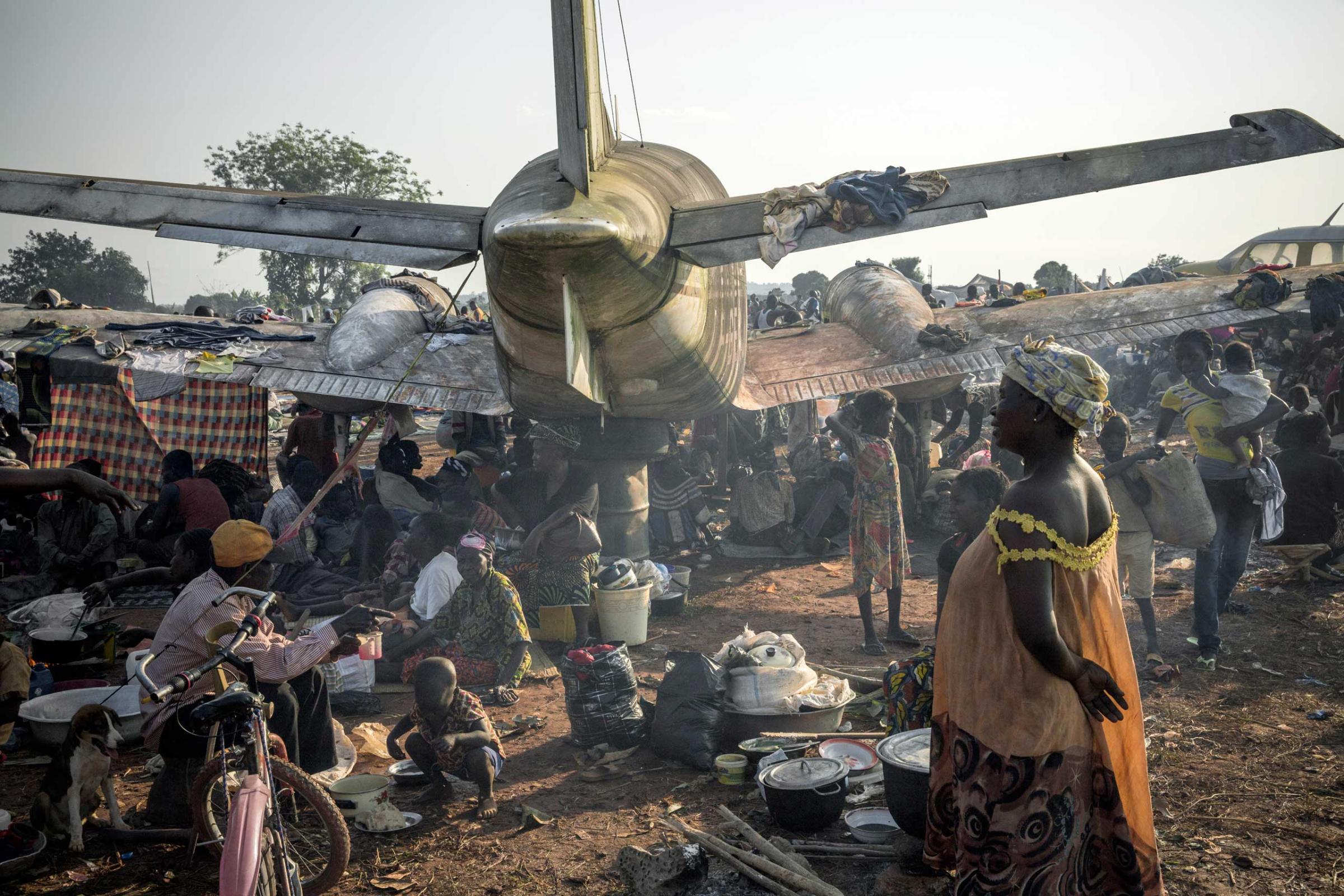
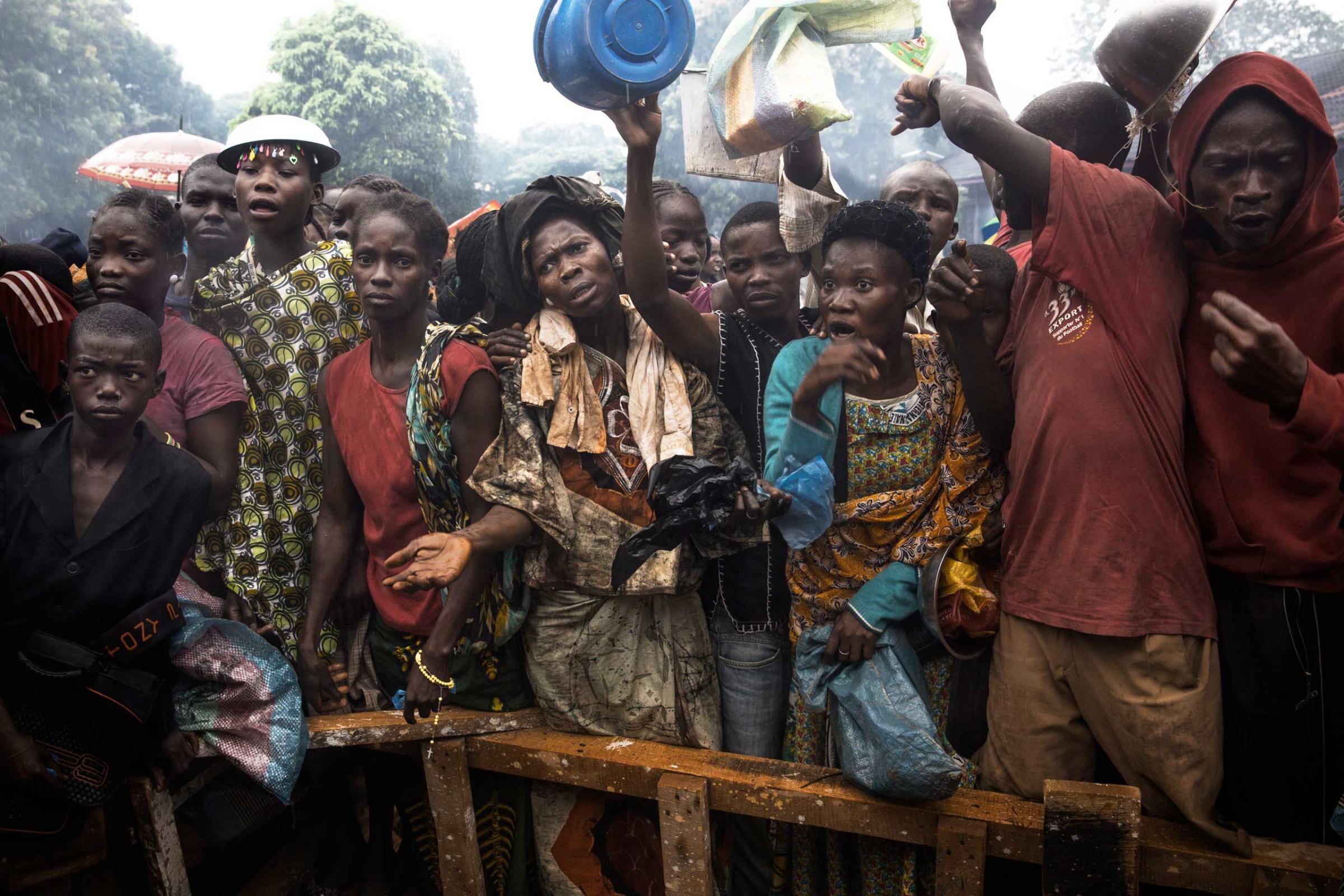
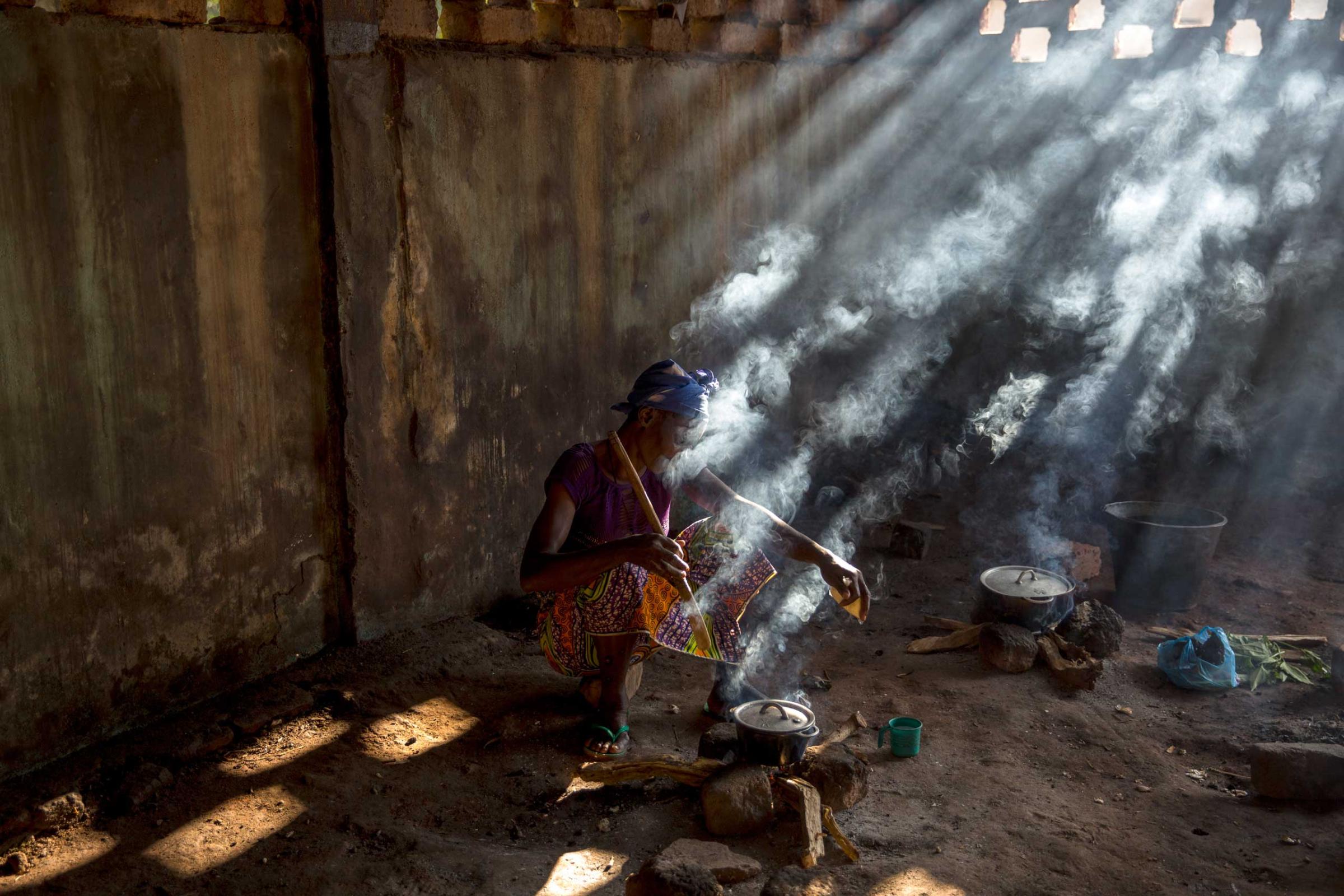
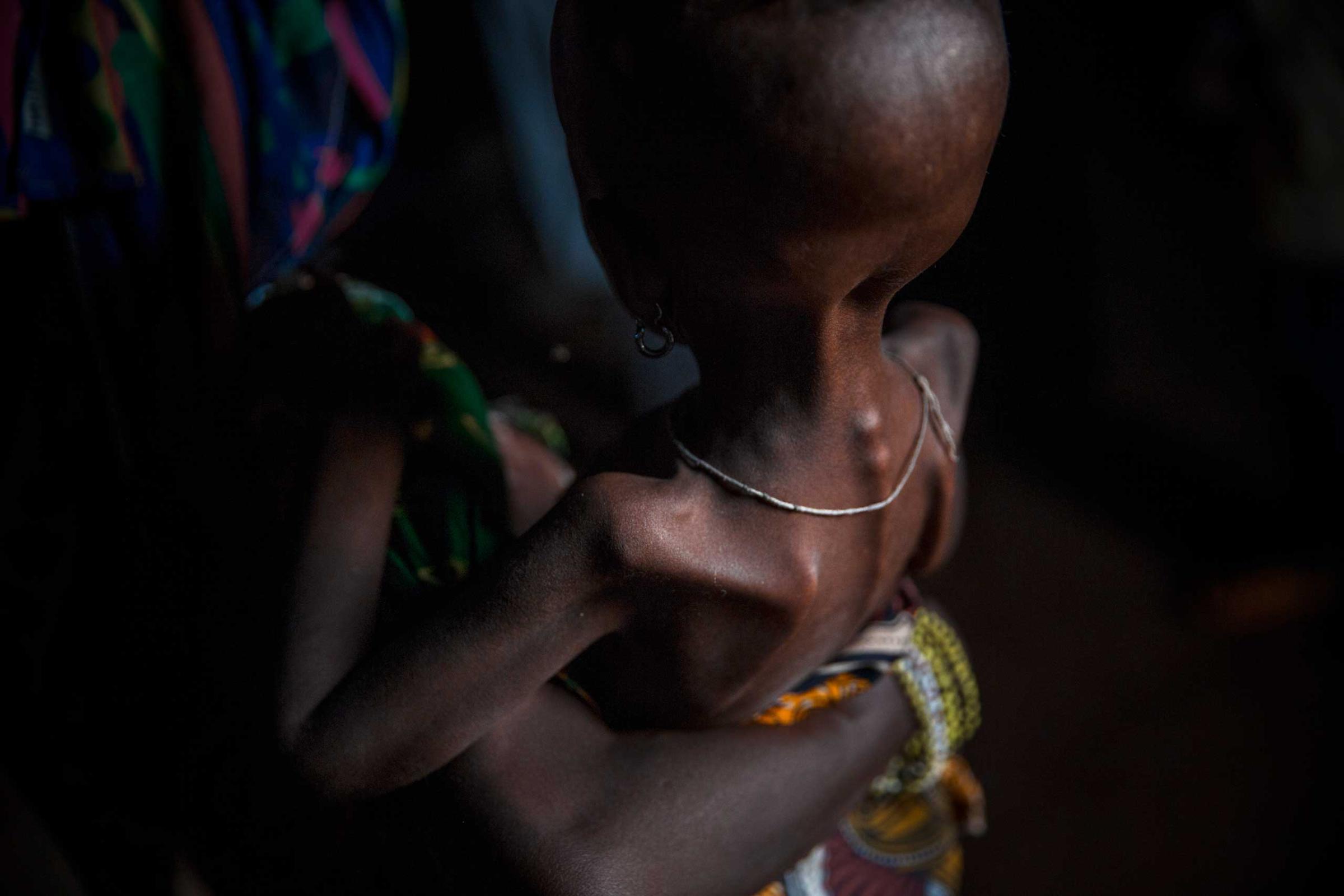
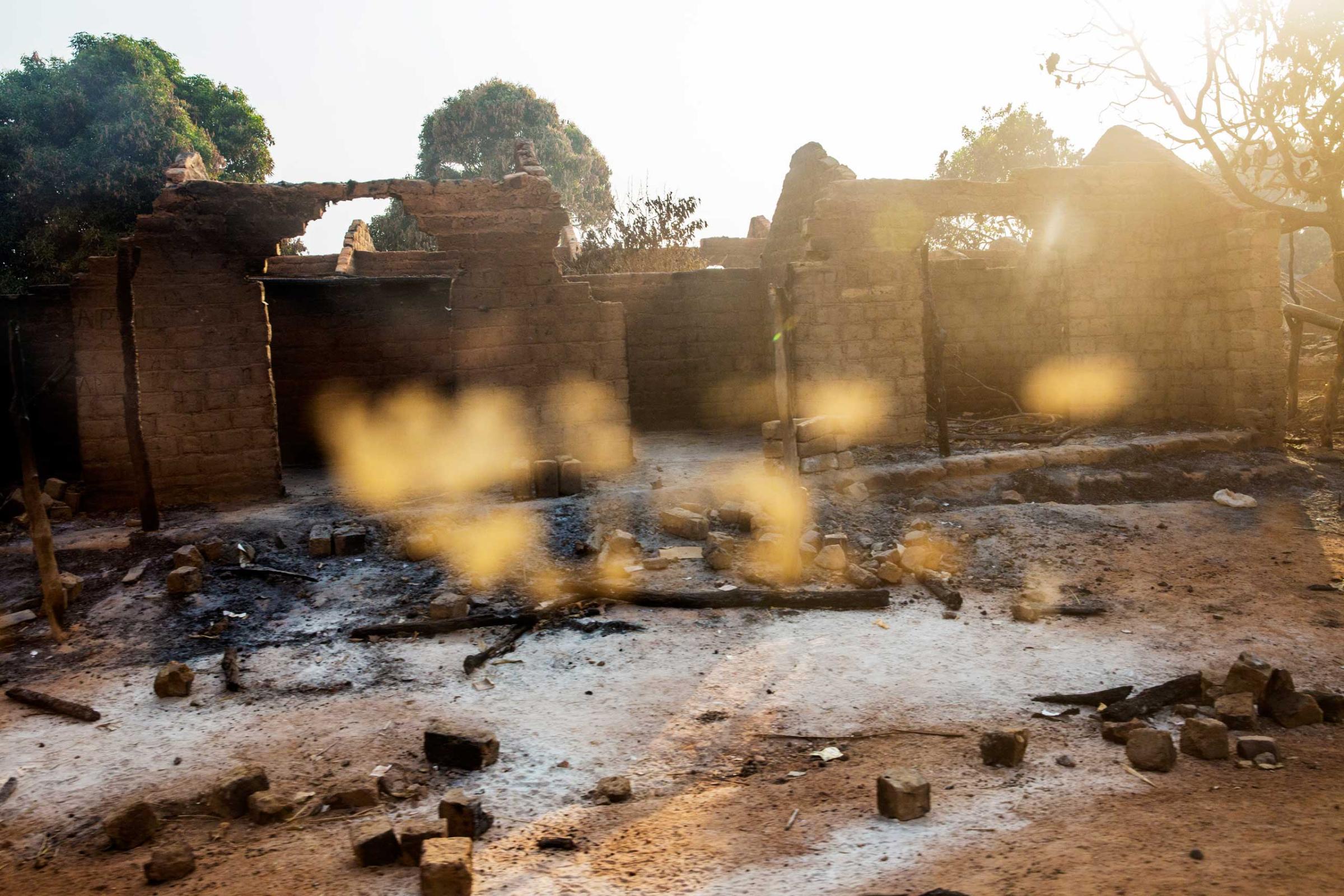
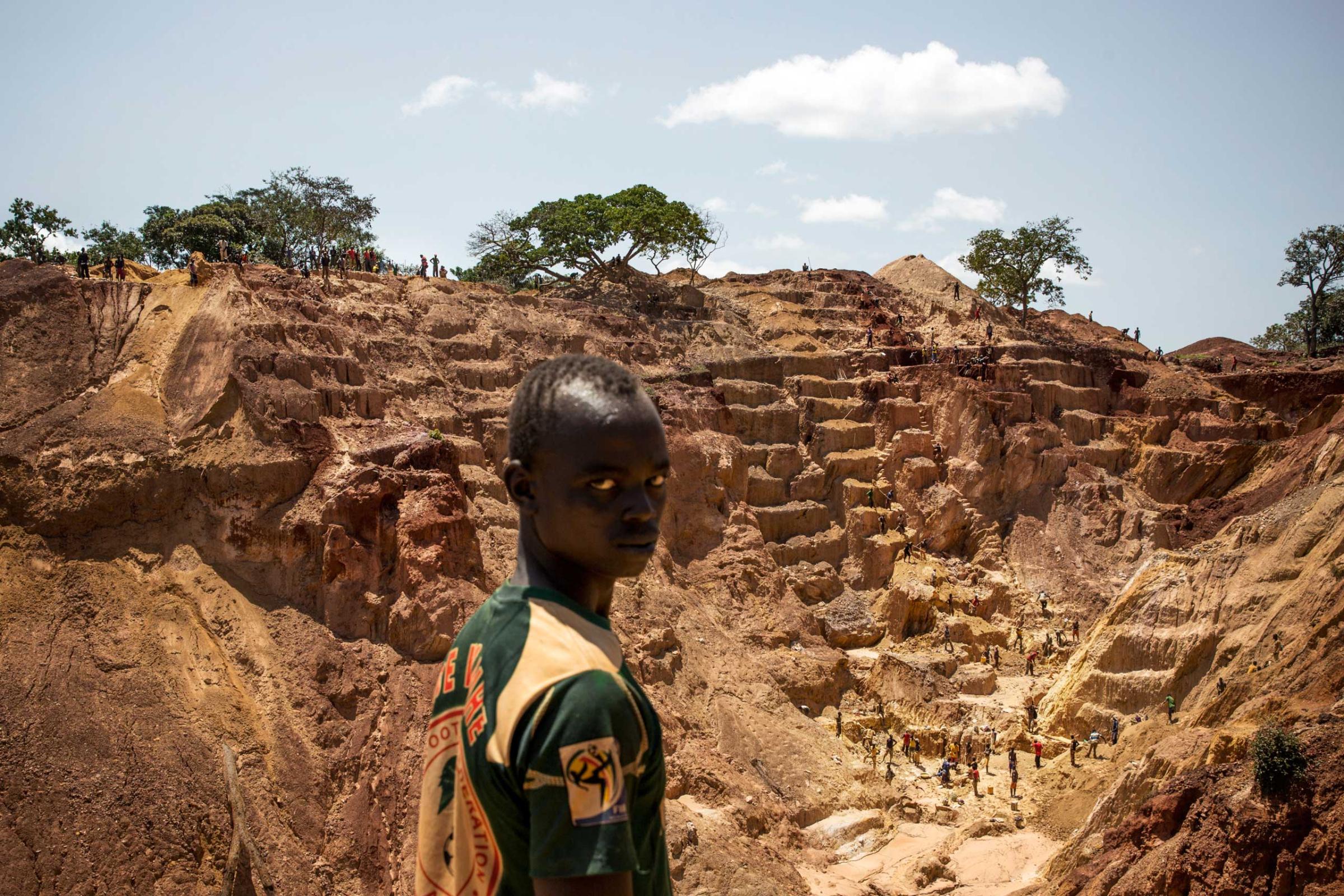
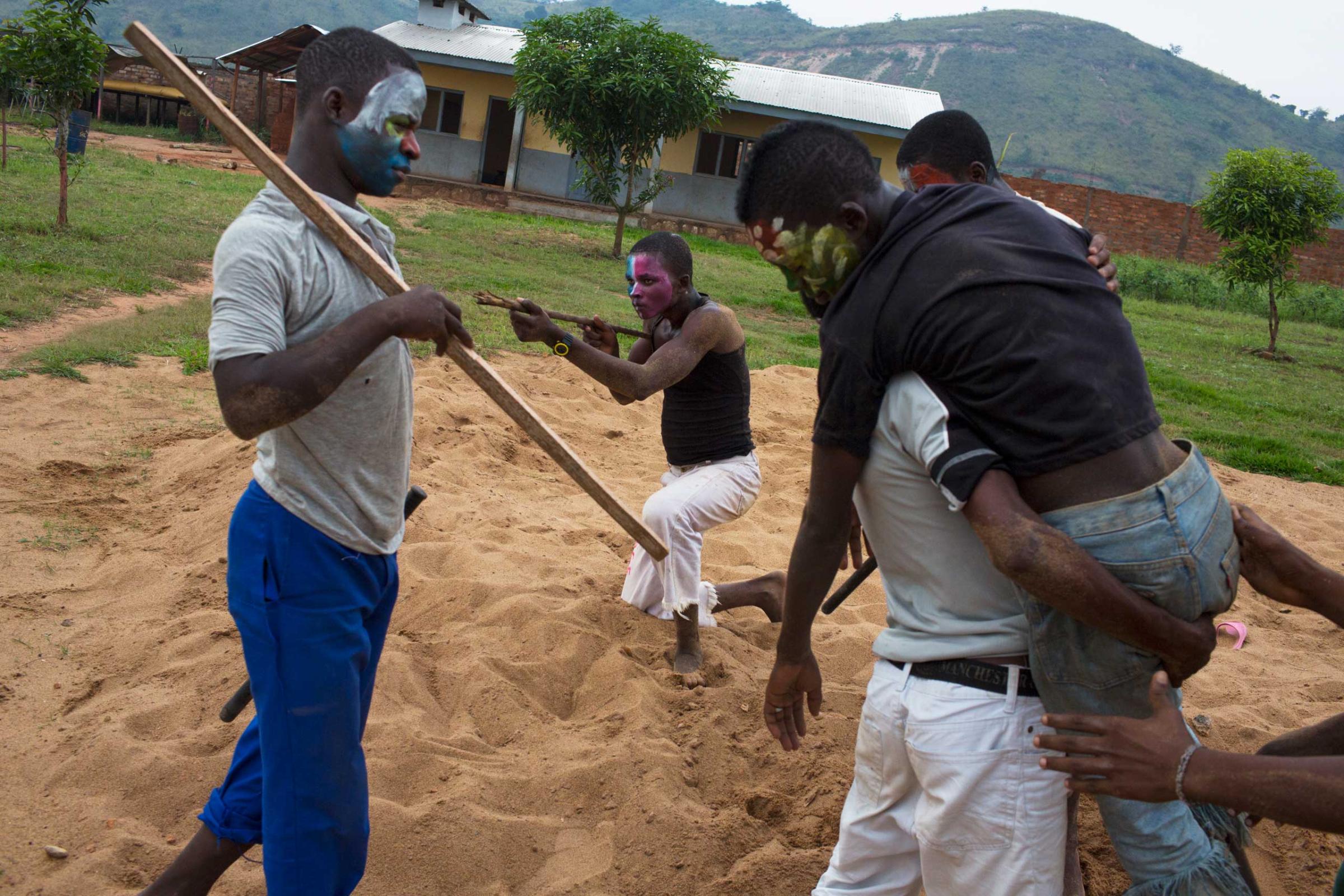
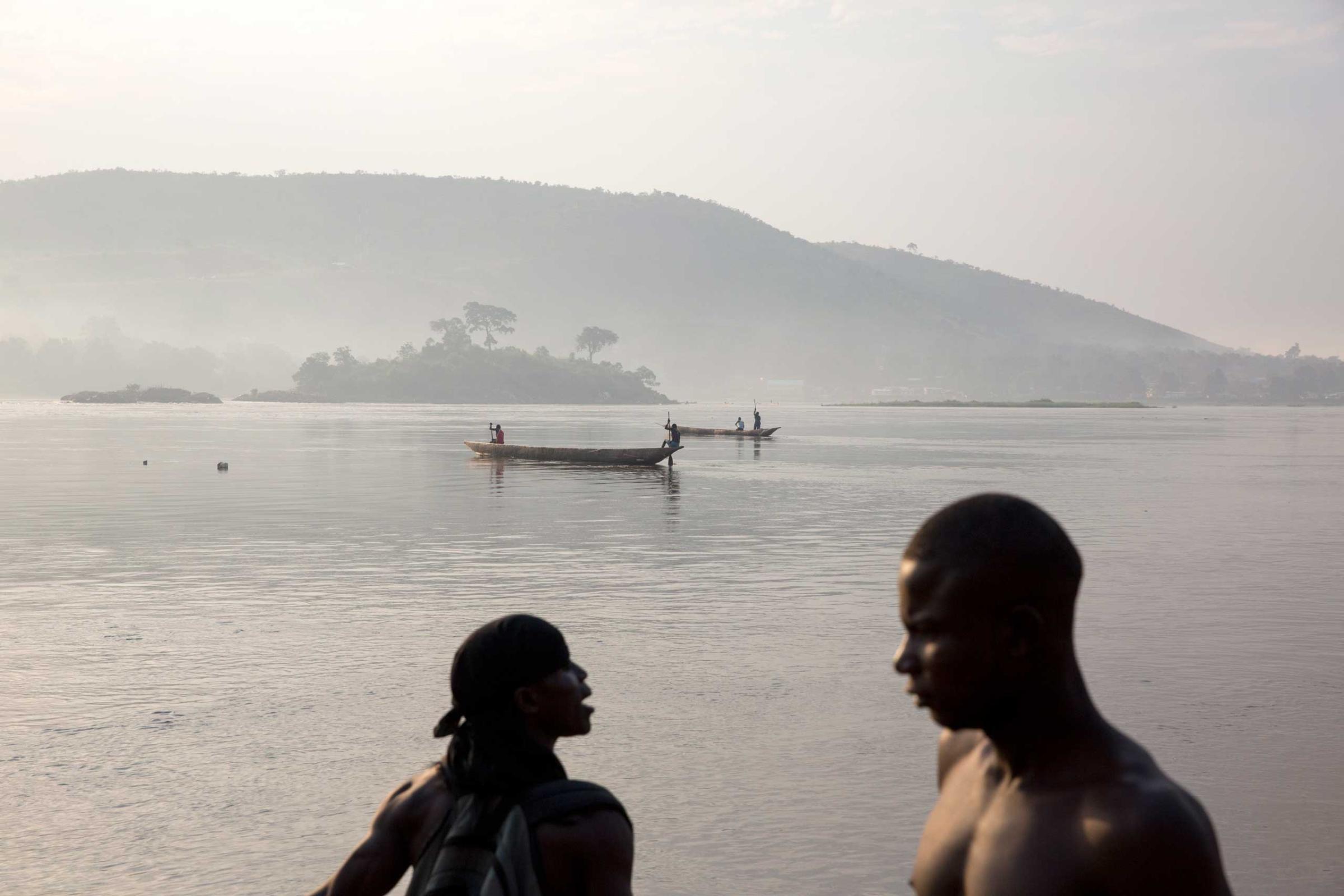
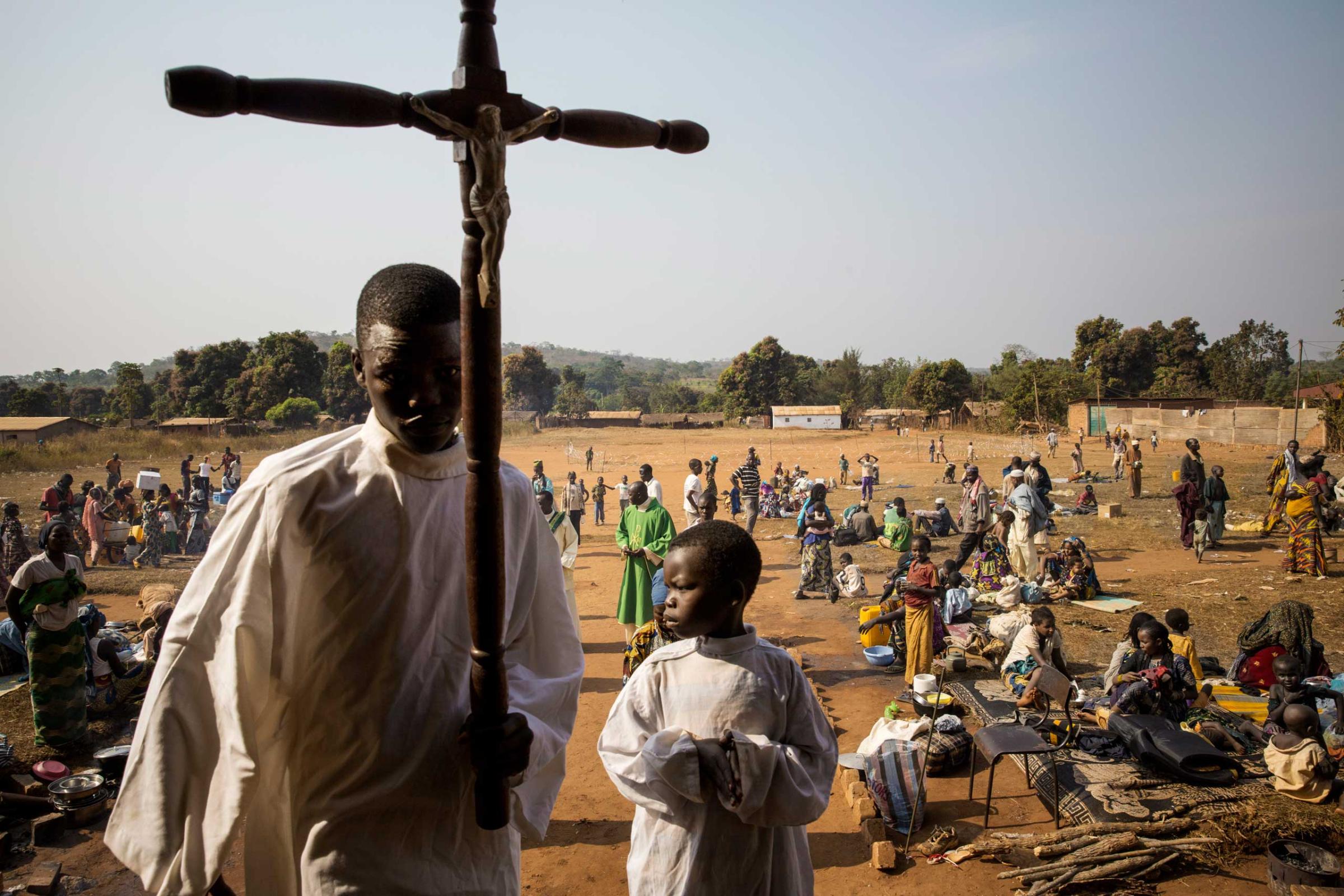
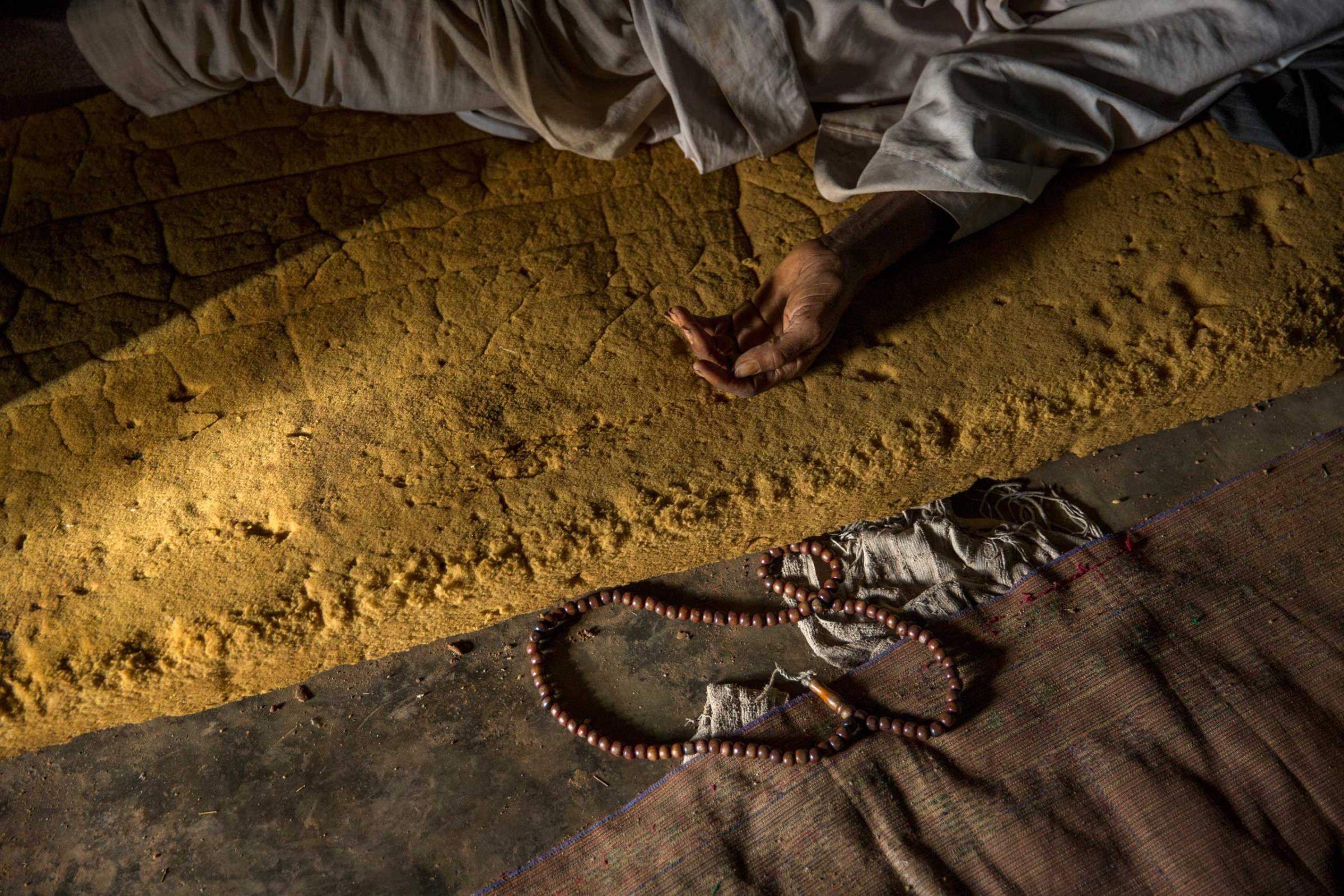
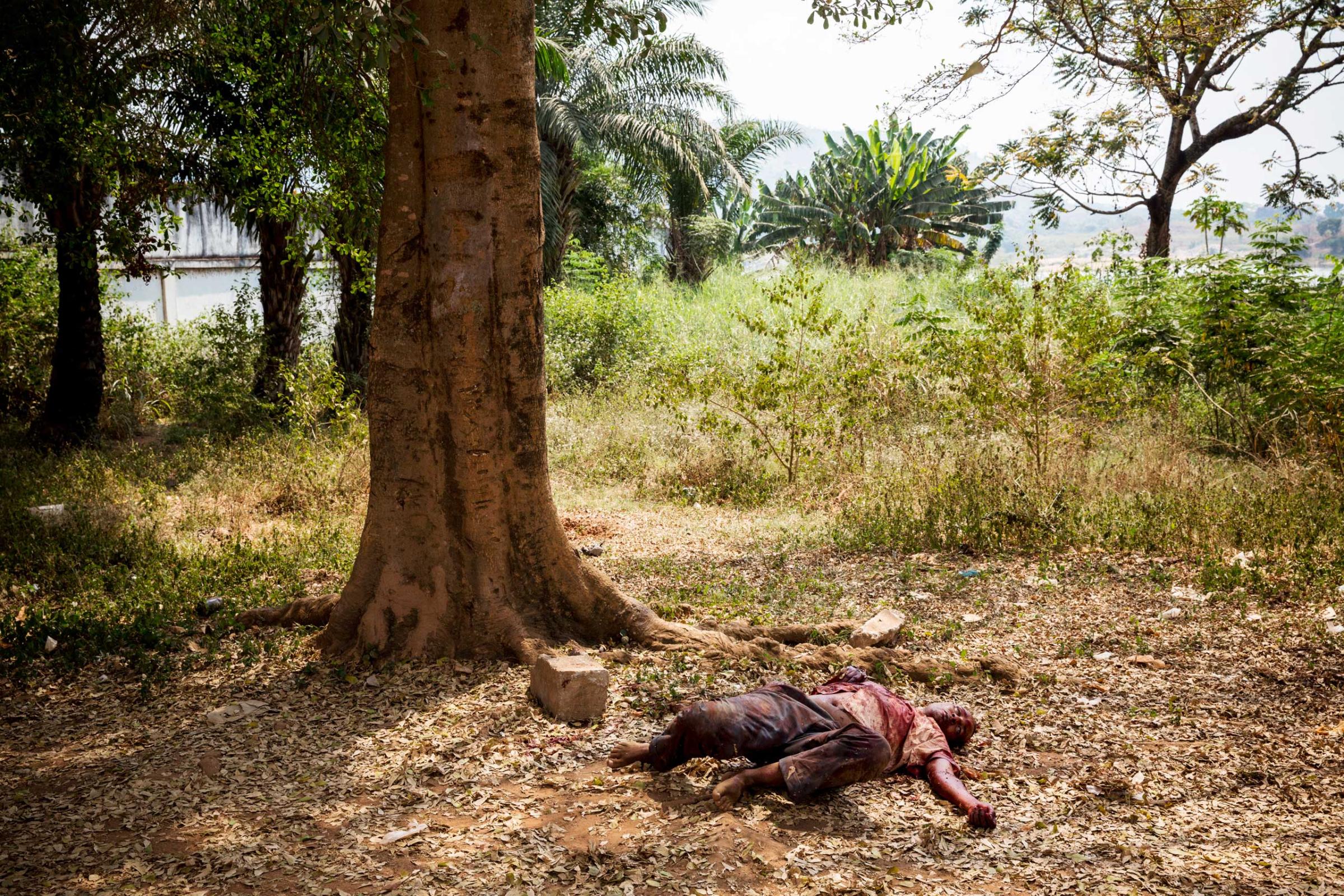

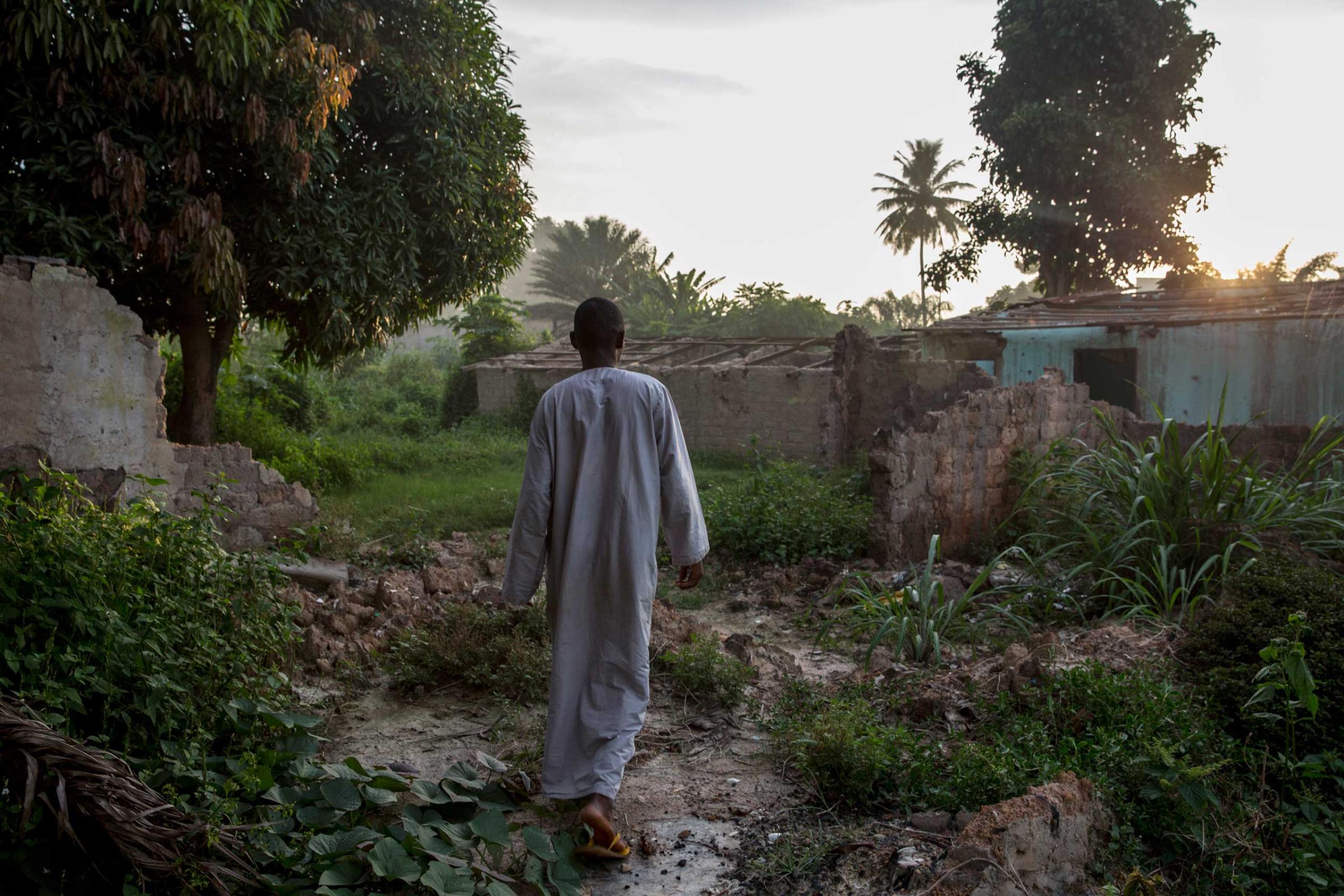
More Must-Reads From TIME
- The 100 Most Influential People of 2024
- Coco Gauff Is Playing for Herself Now
- Scenes From Pro-Palestinian Encampments Across U.S. Universities
- 6 Compliments That Land Every Time
- If You're Dating Right Now , You're Brave: Column
- The AI That Could Heal a Divided Internet
- Fallout Is a Brilliant Model for the Future of Video Game Adaptations
- Want Weekly Recs on What to Watch, Read, and More? Sign Up for Worth Your Time
Contact us at letters@time.com